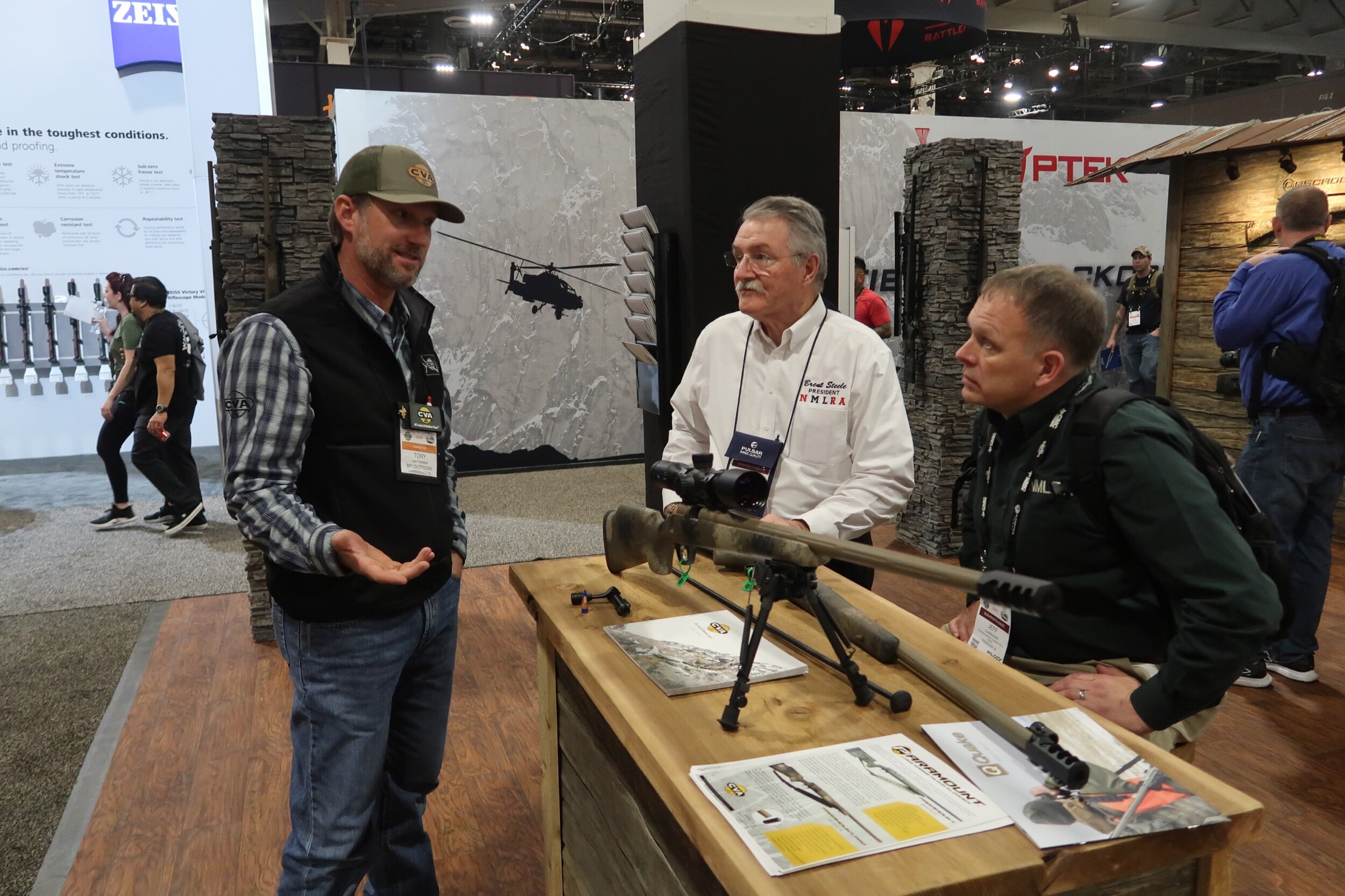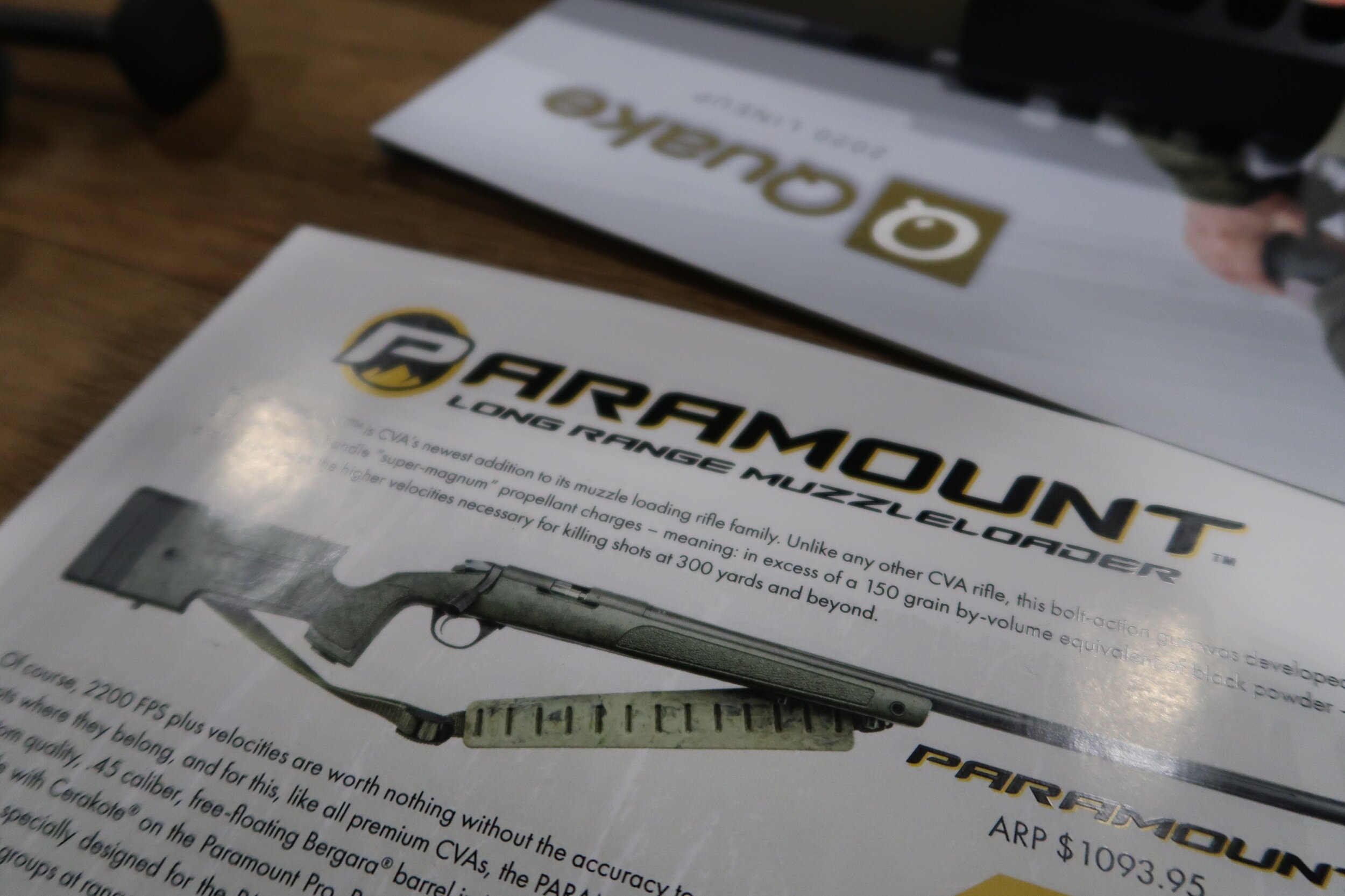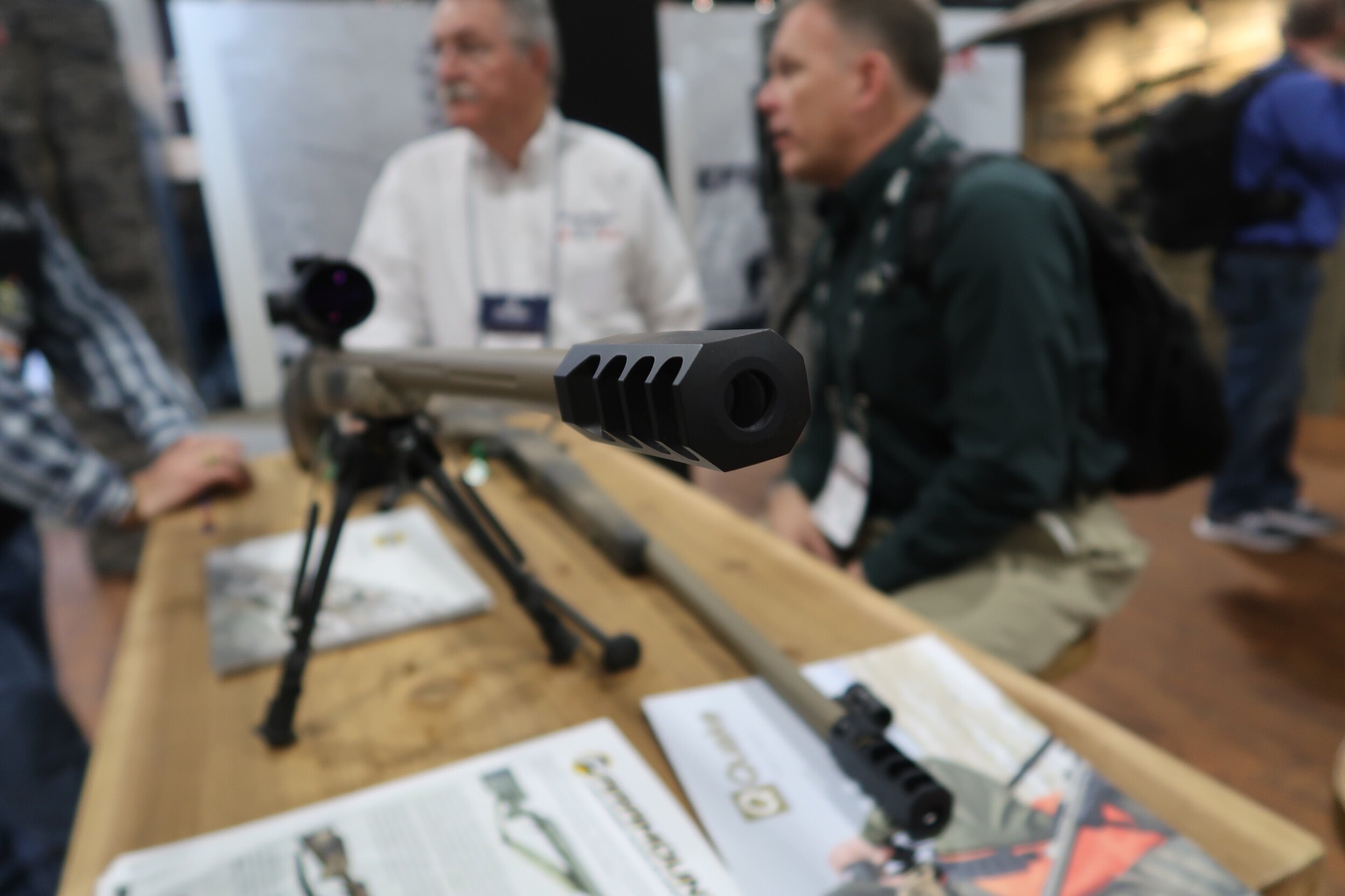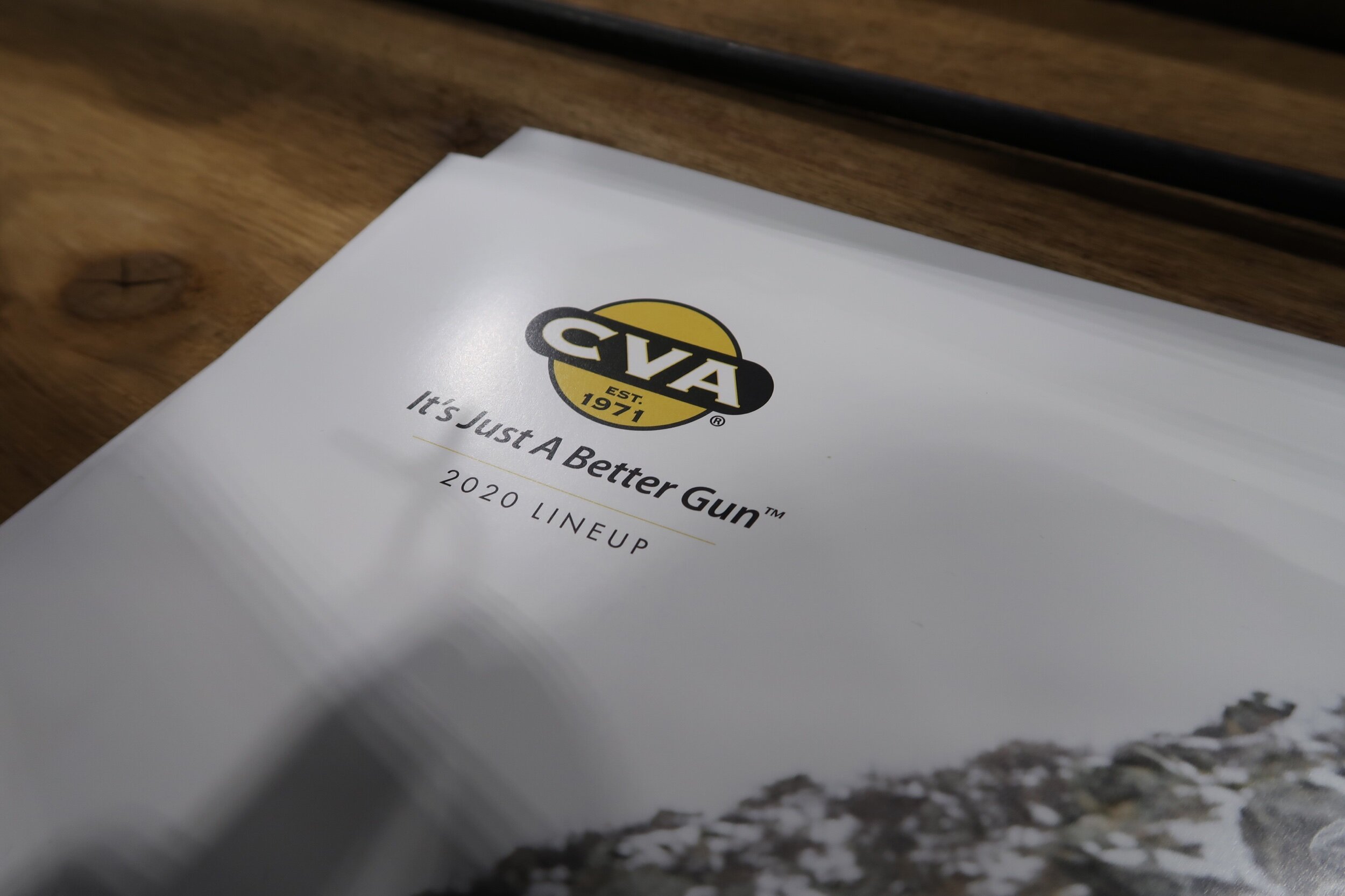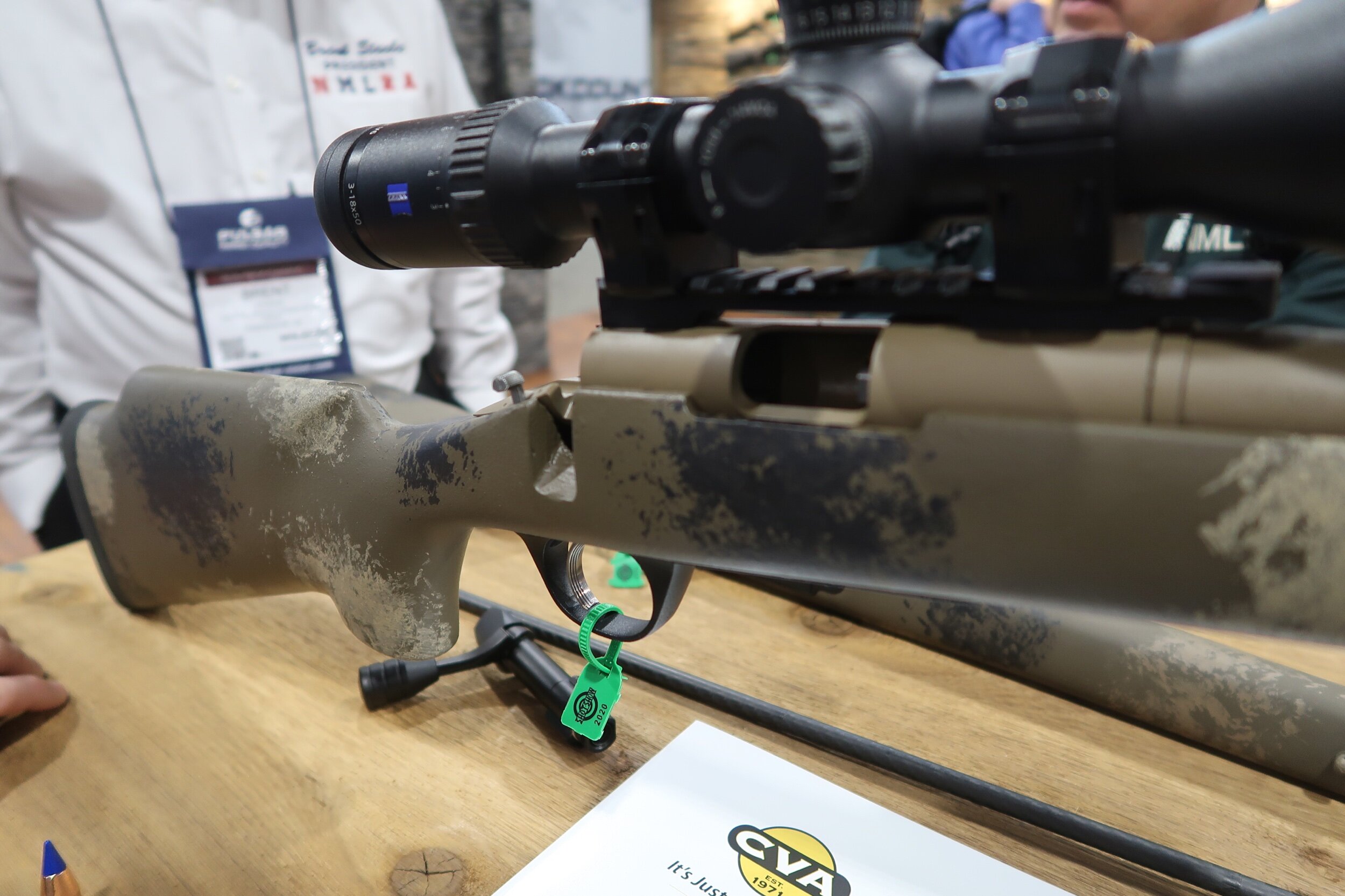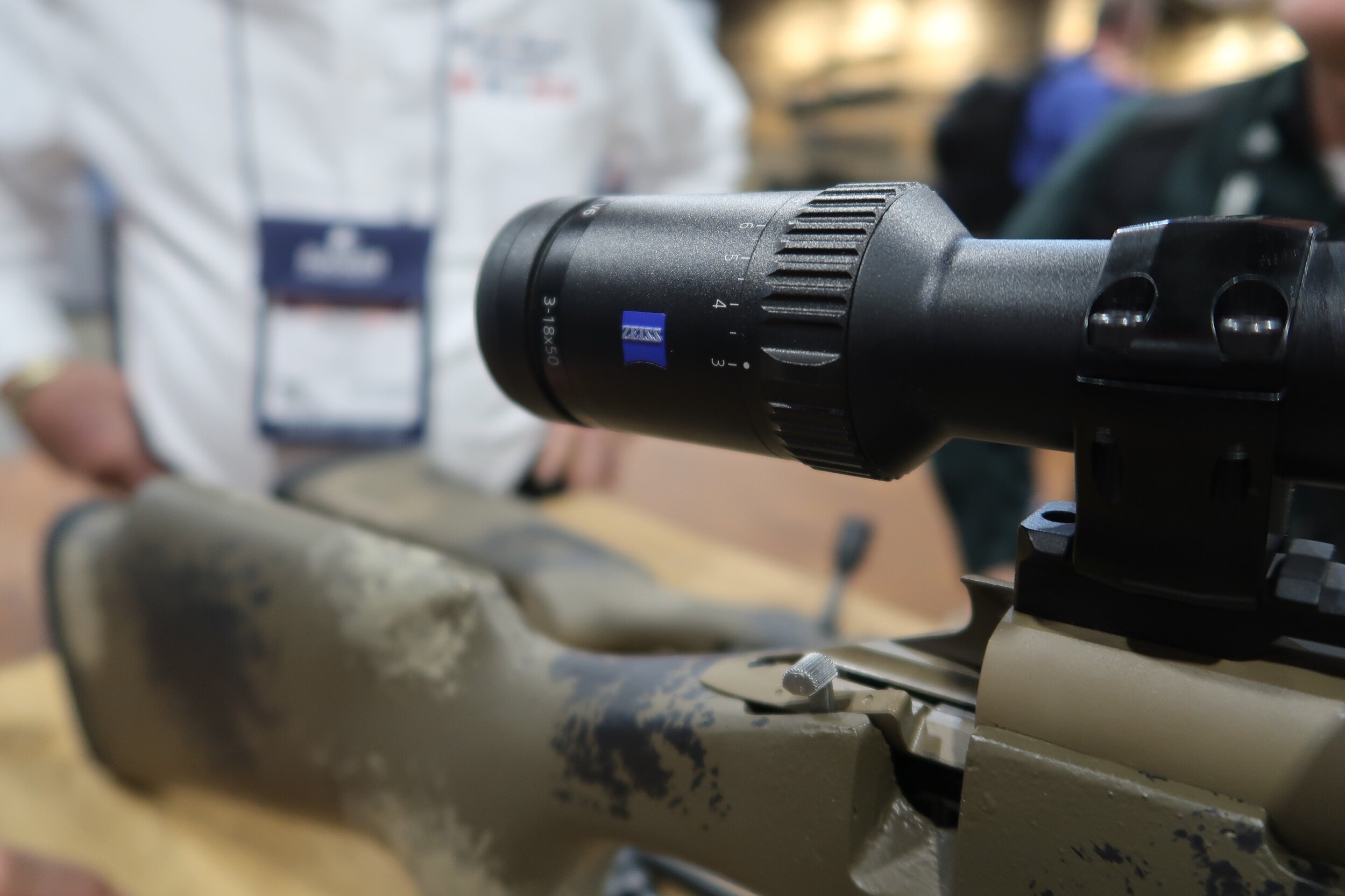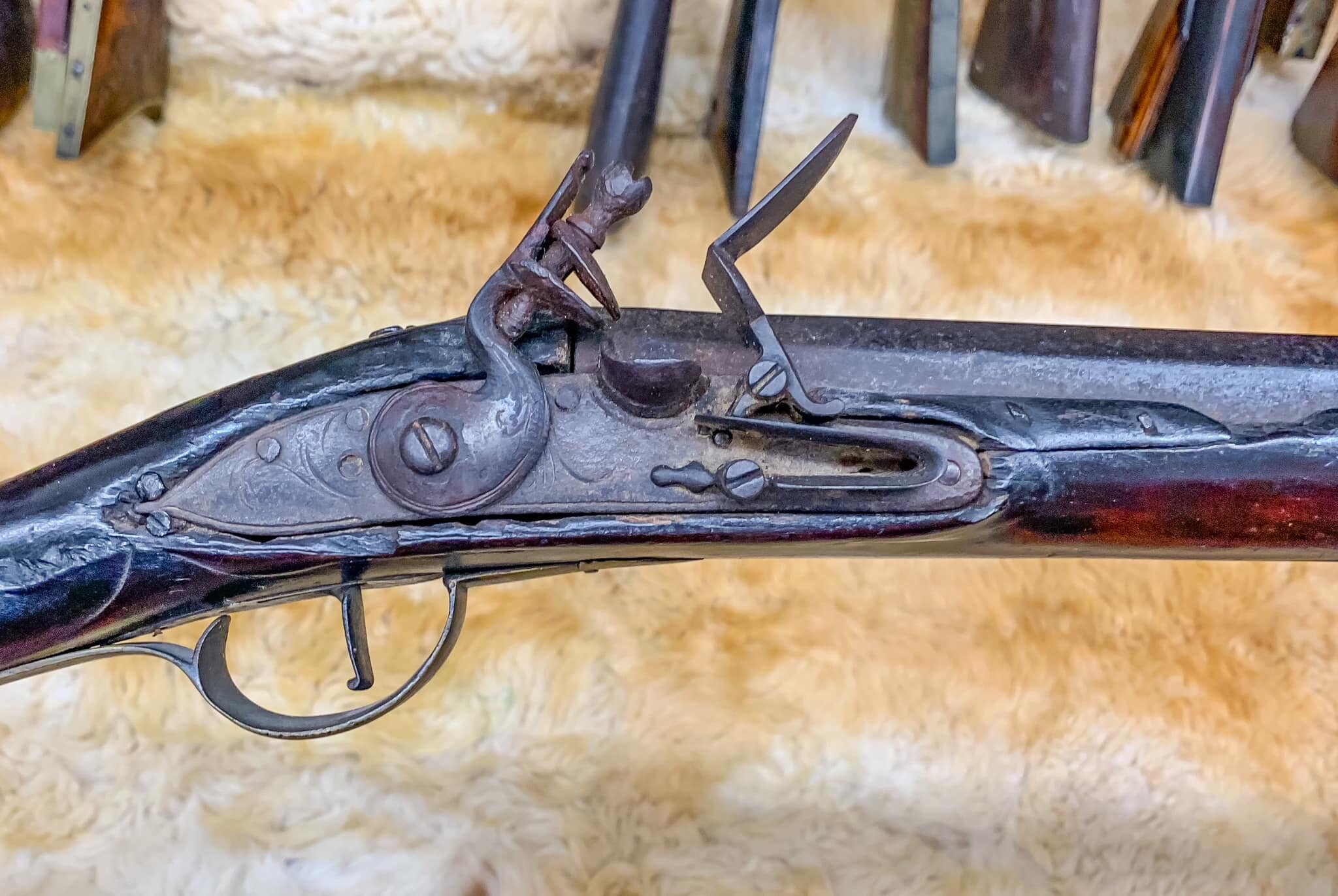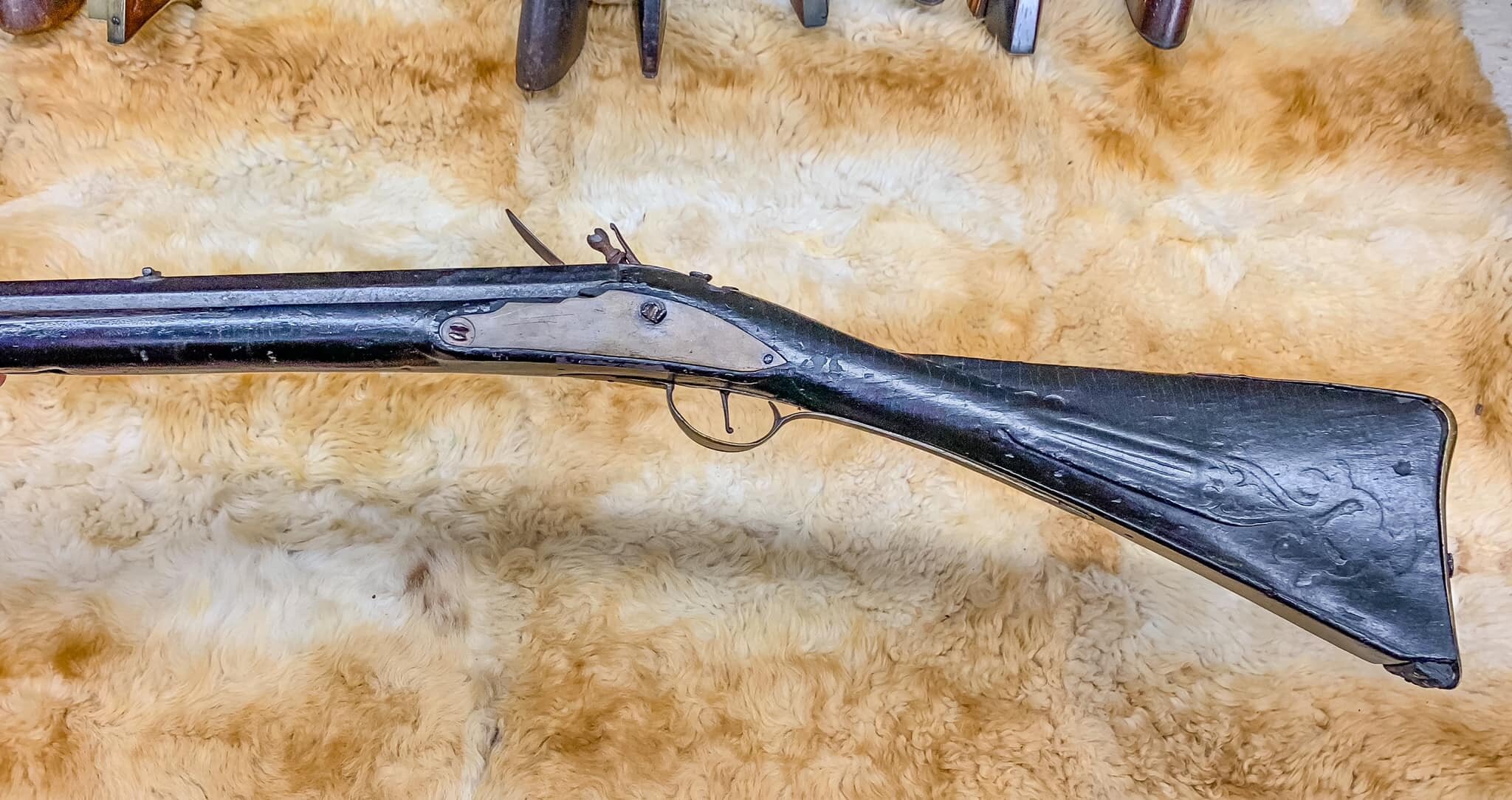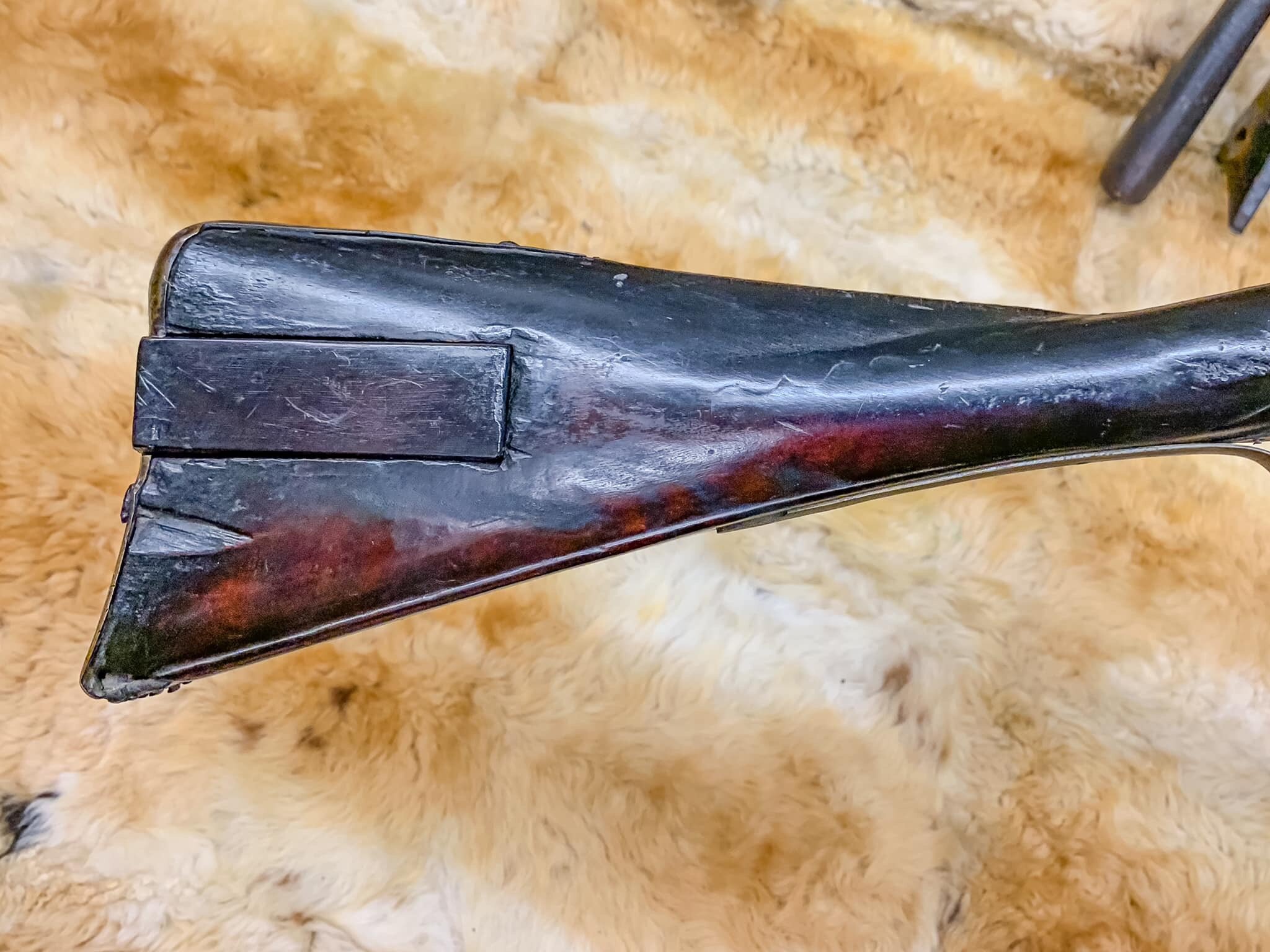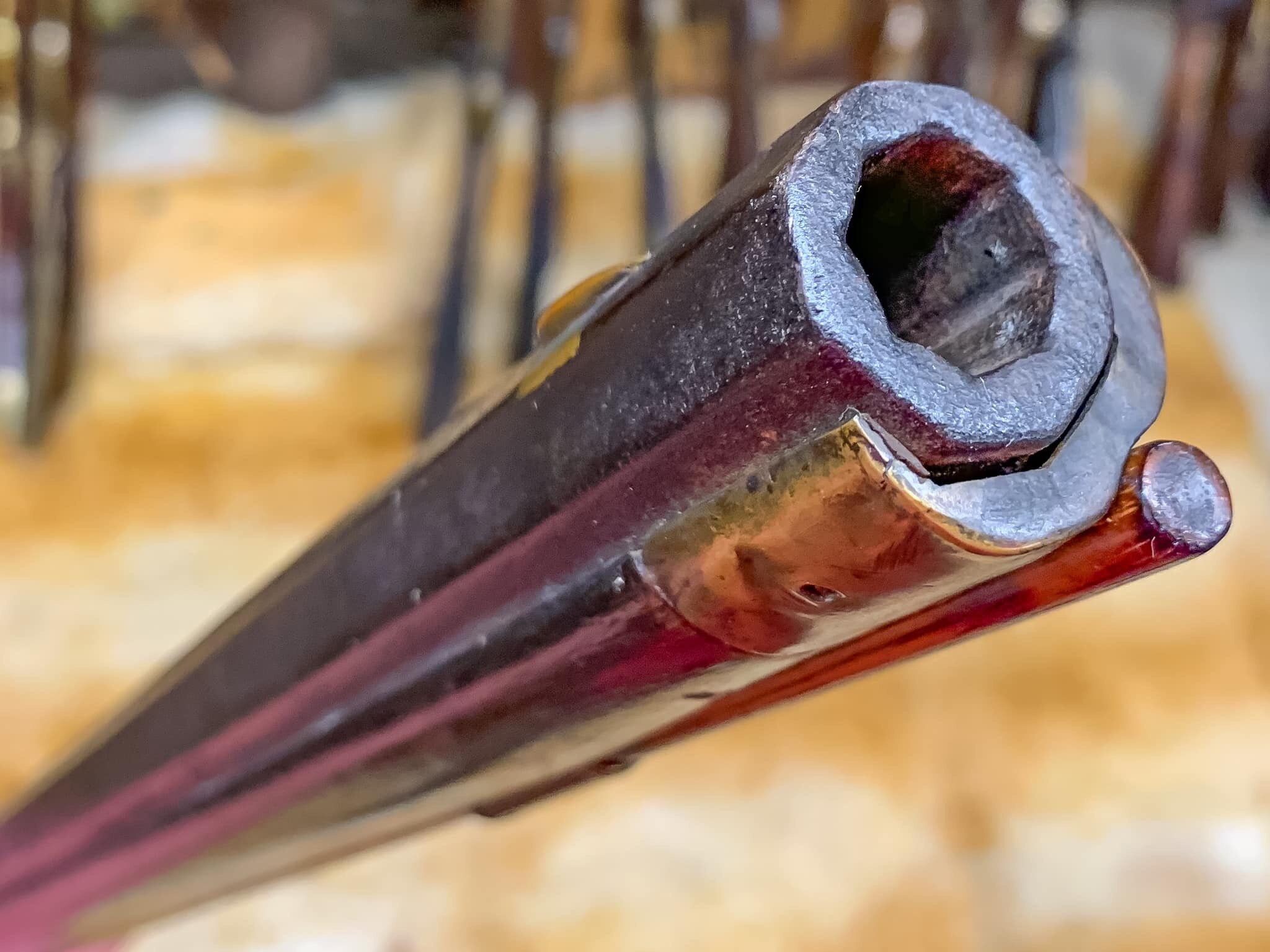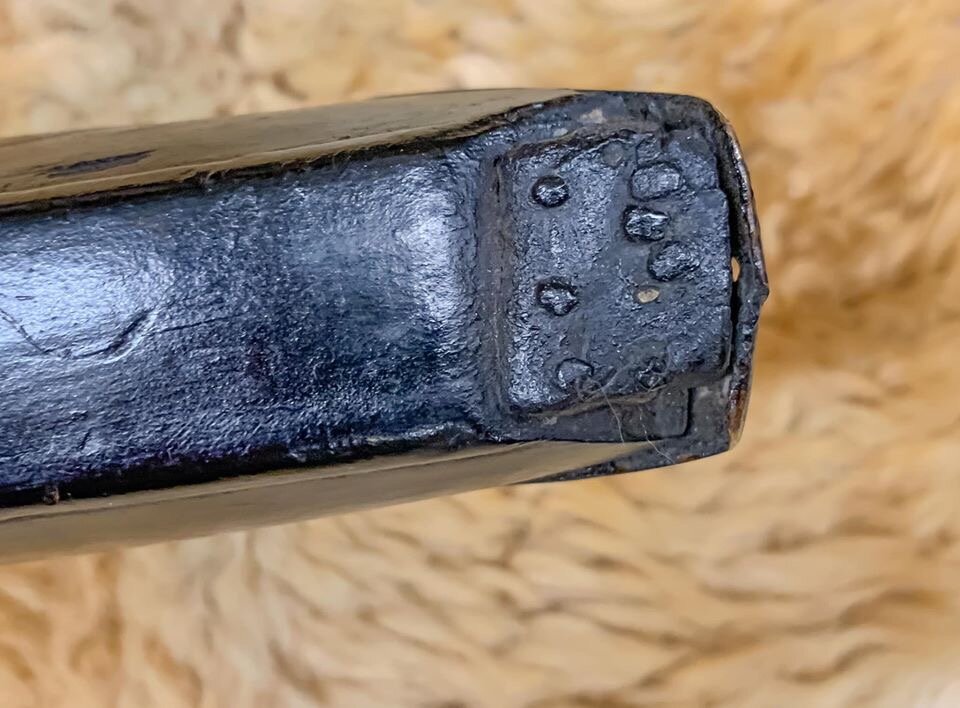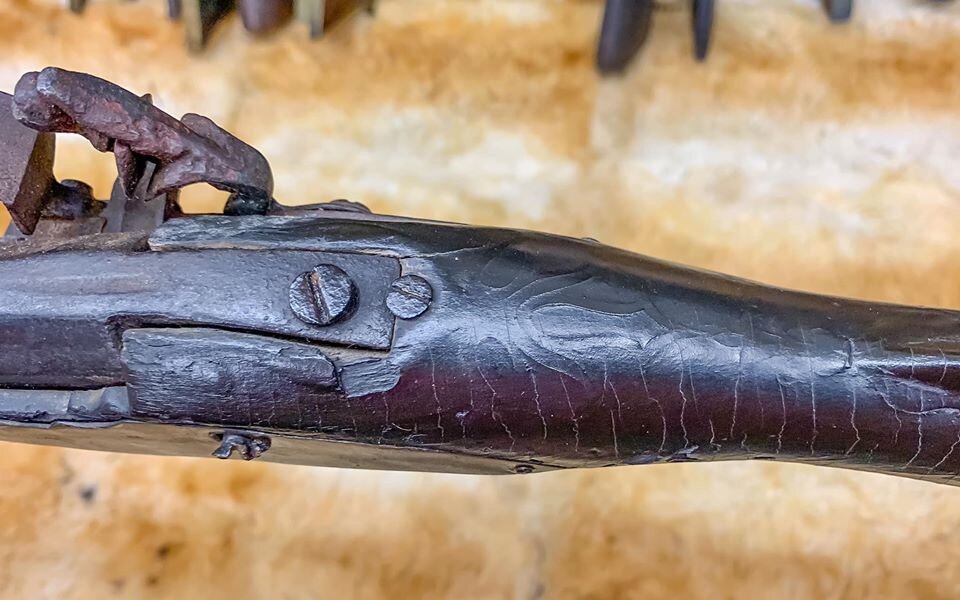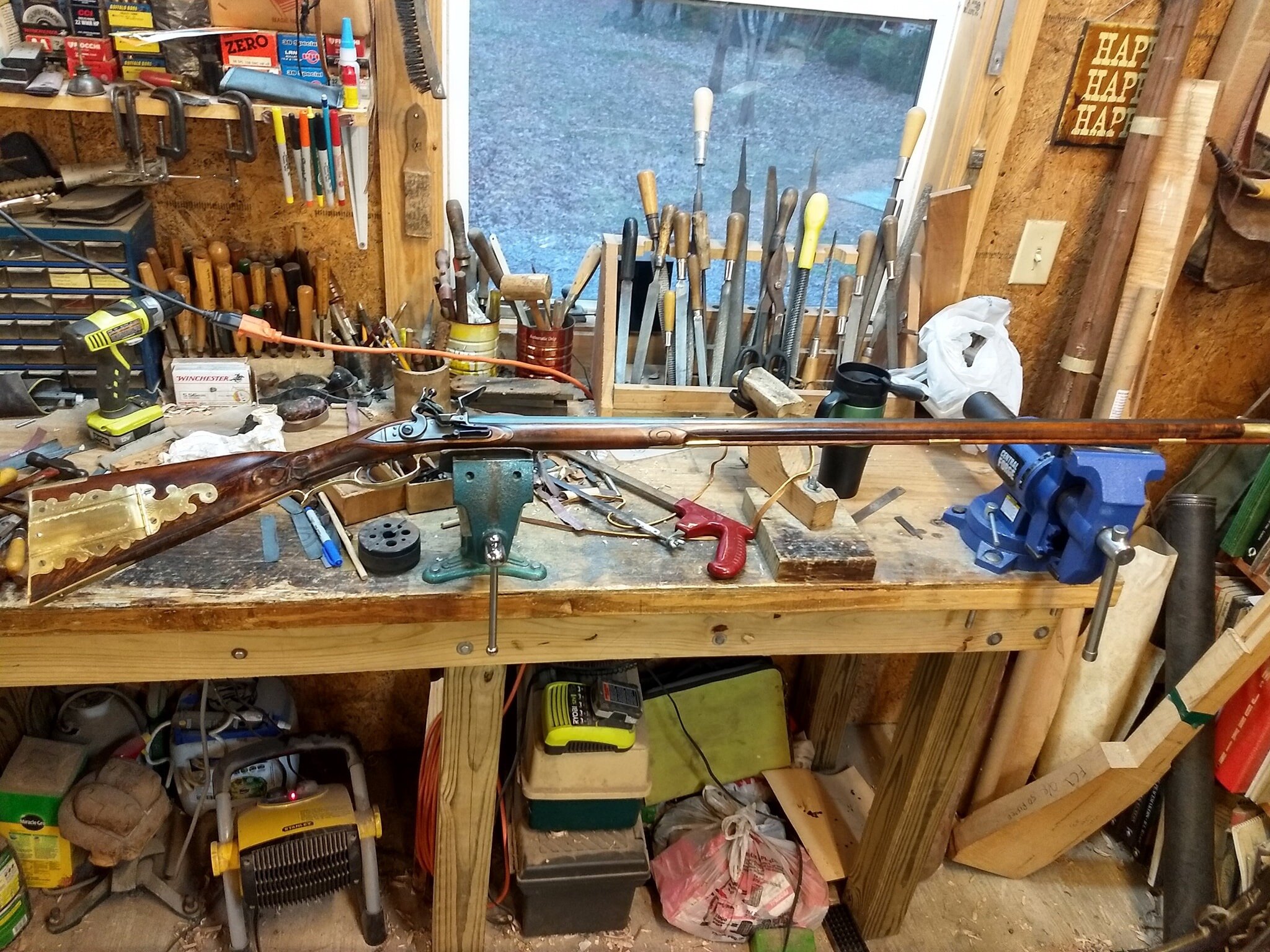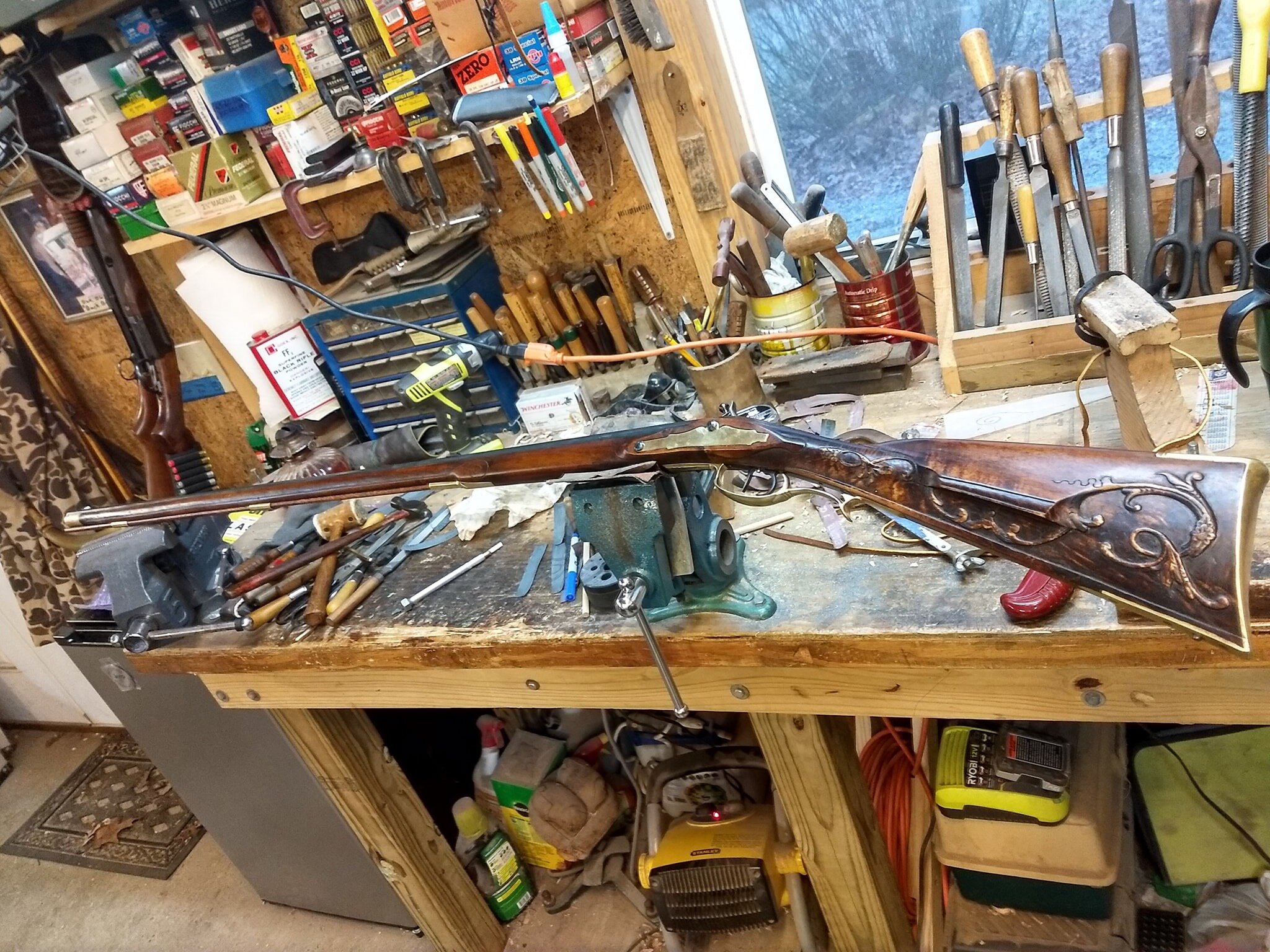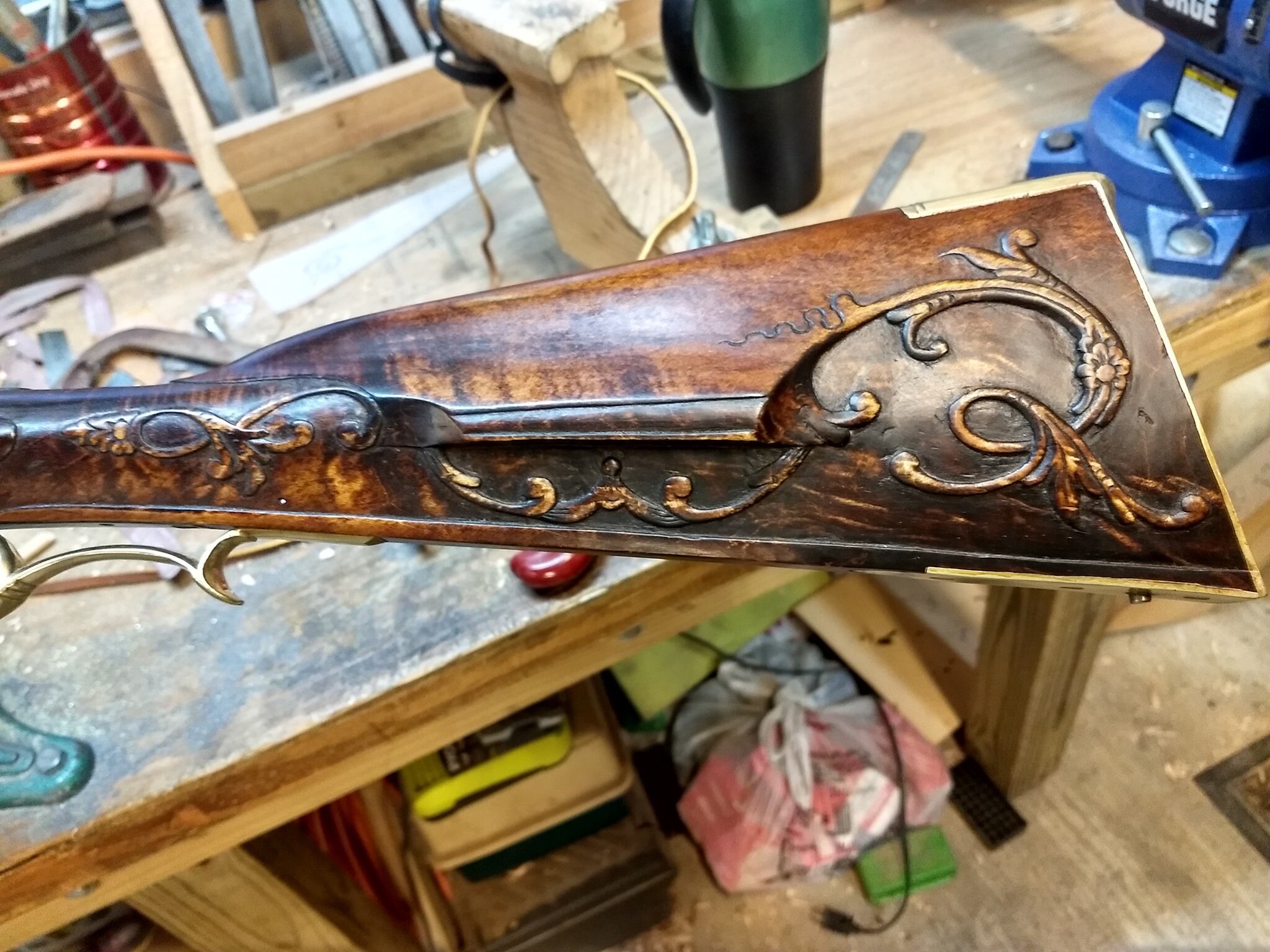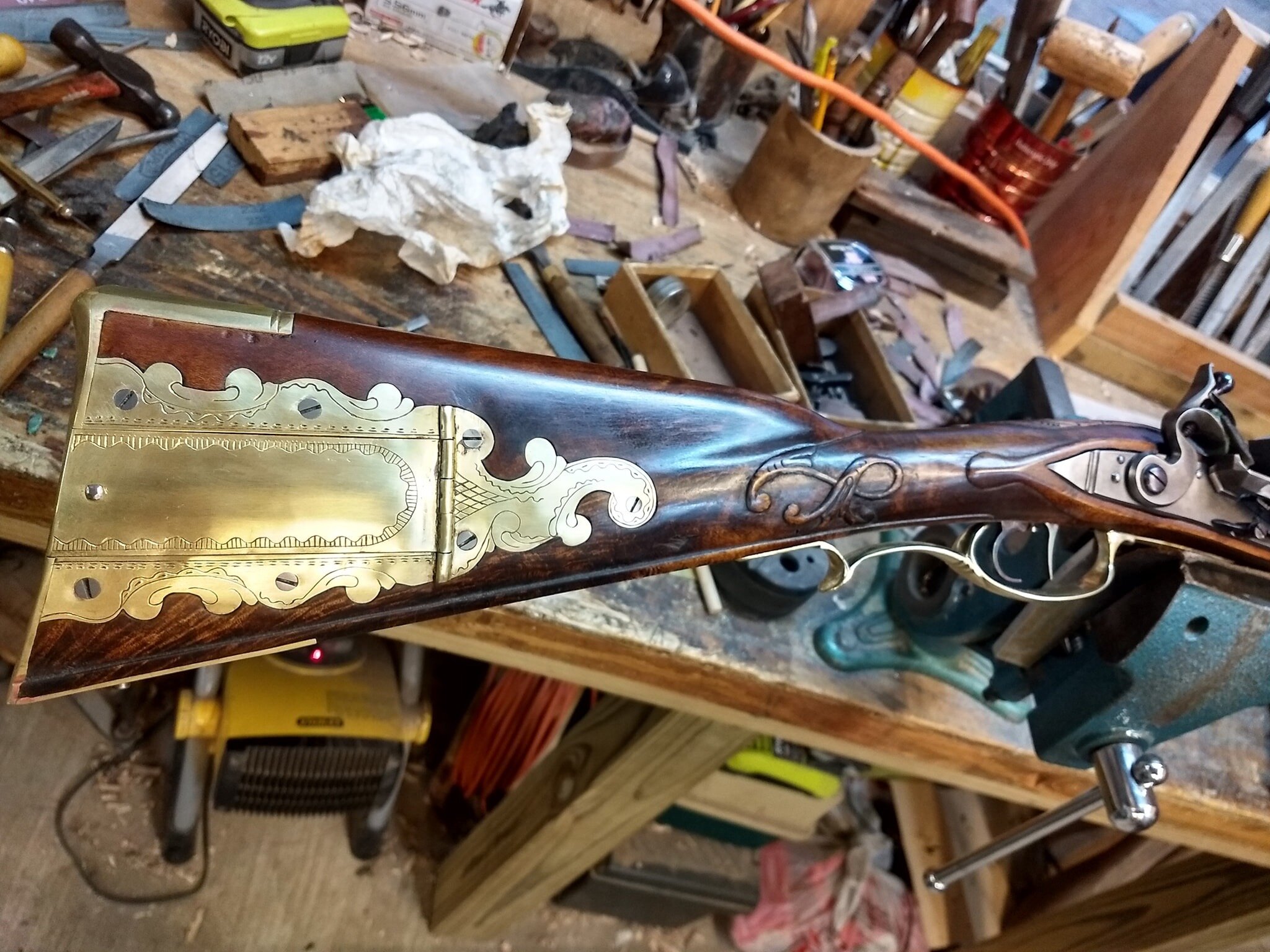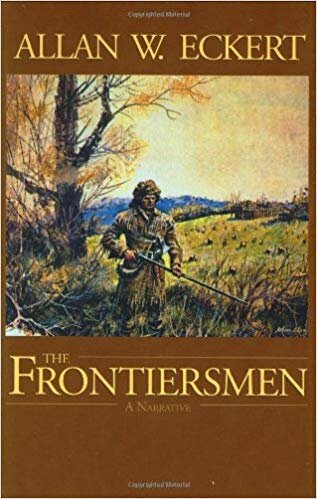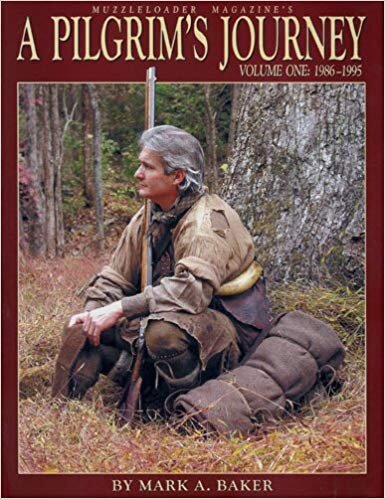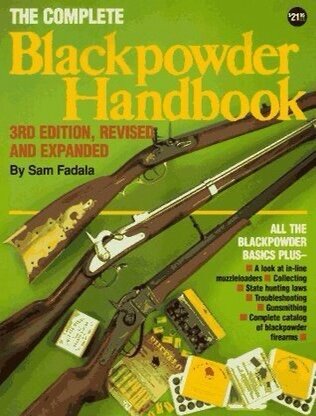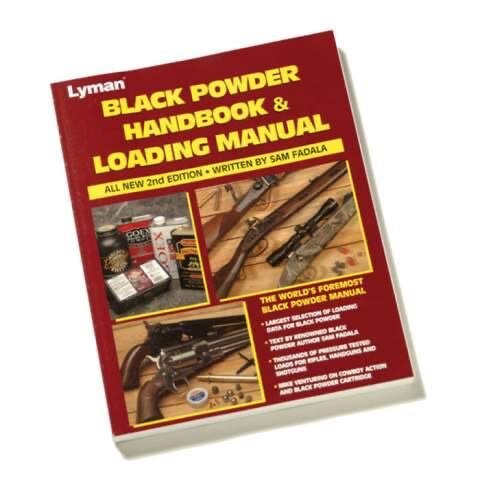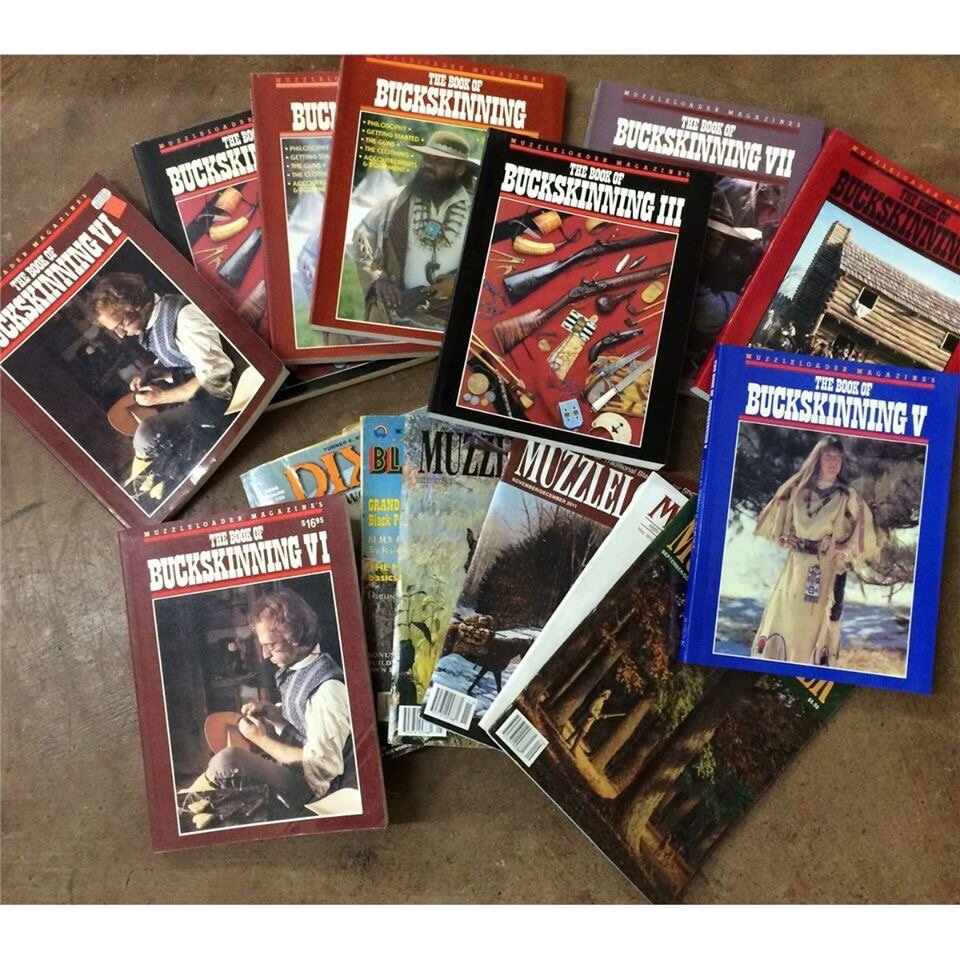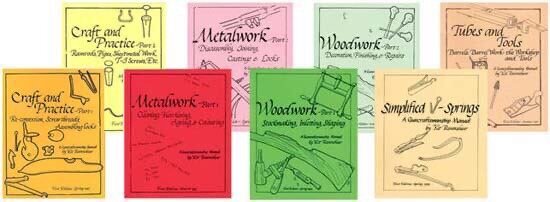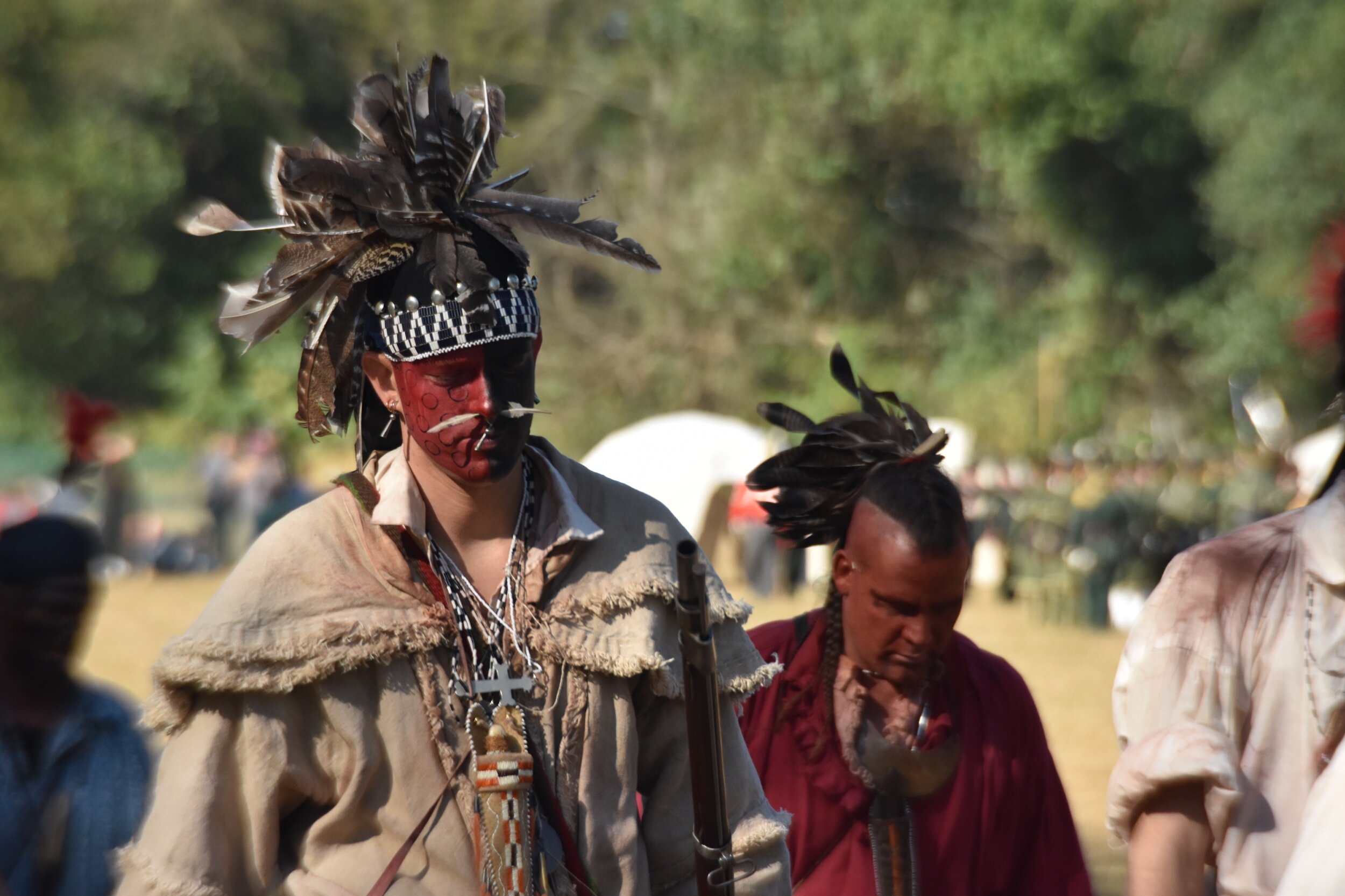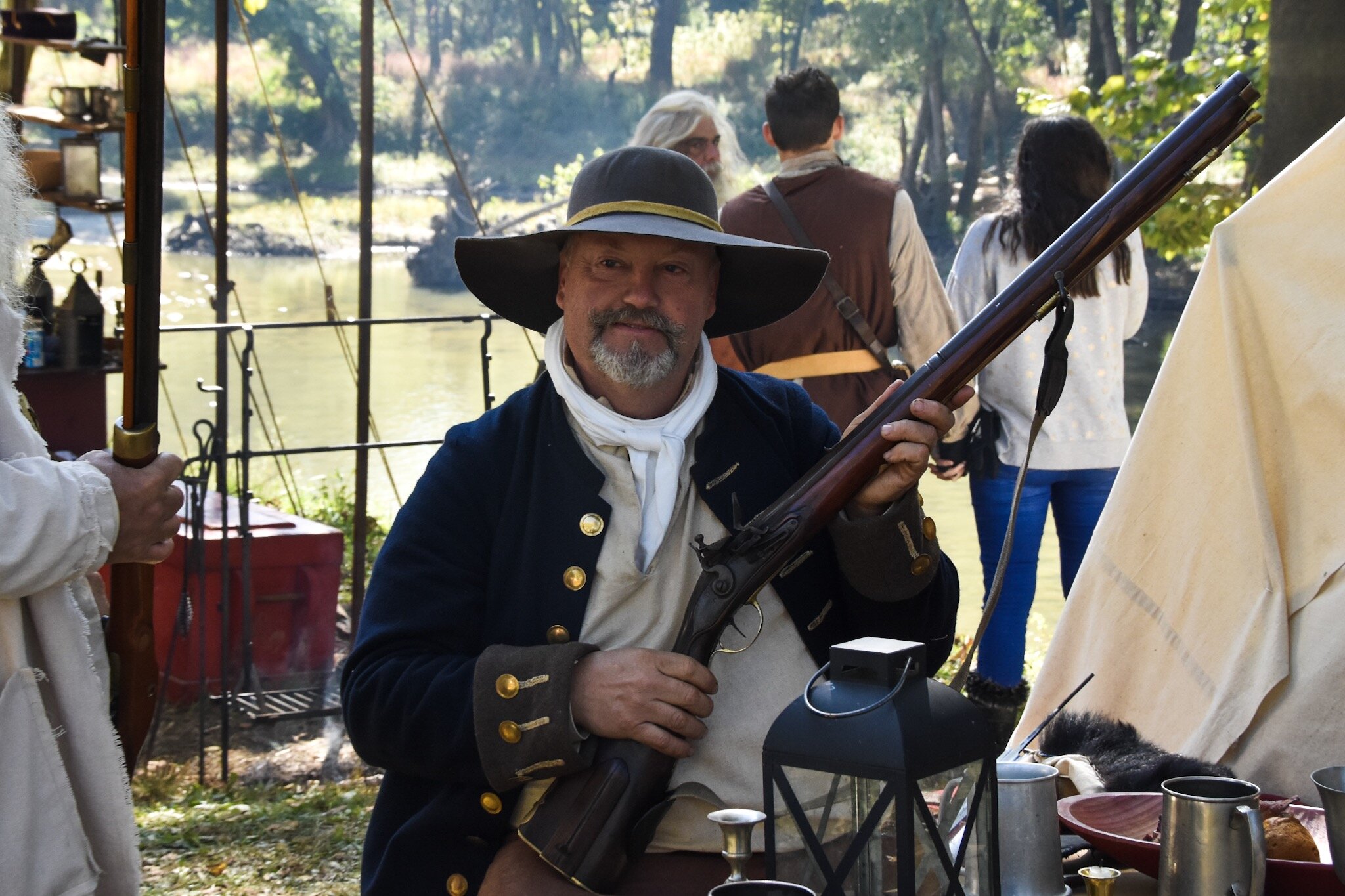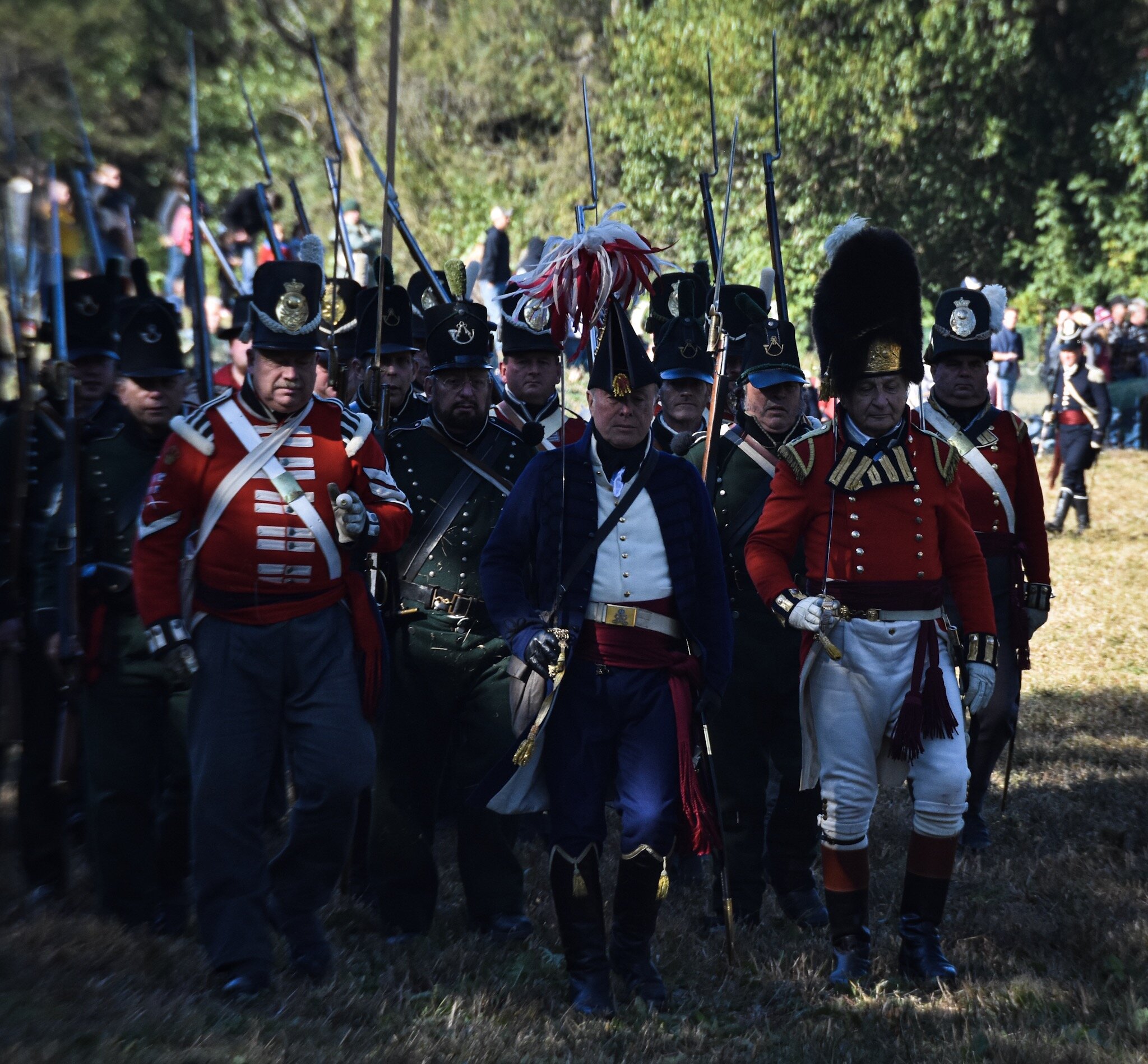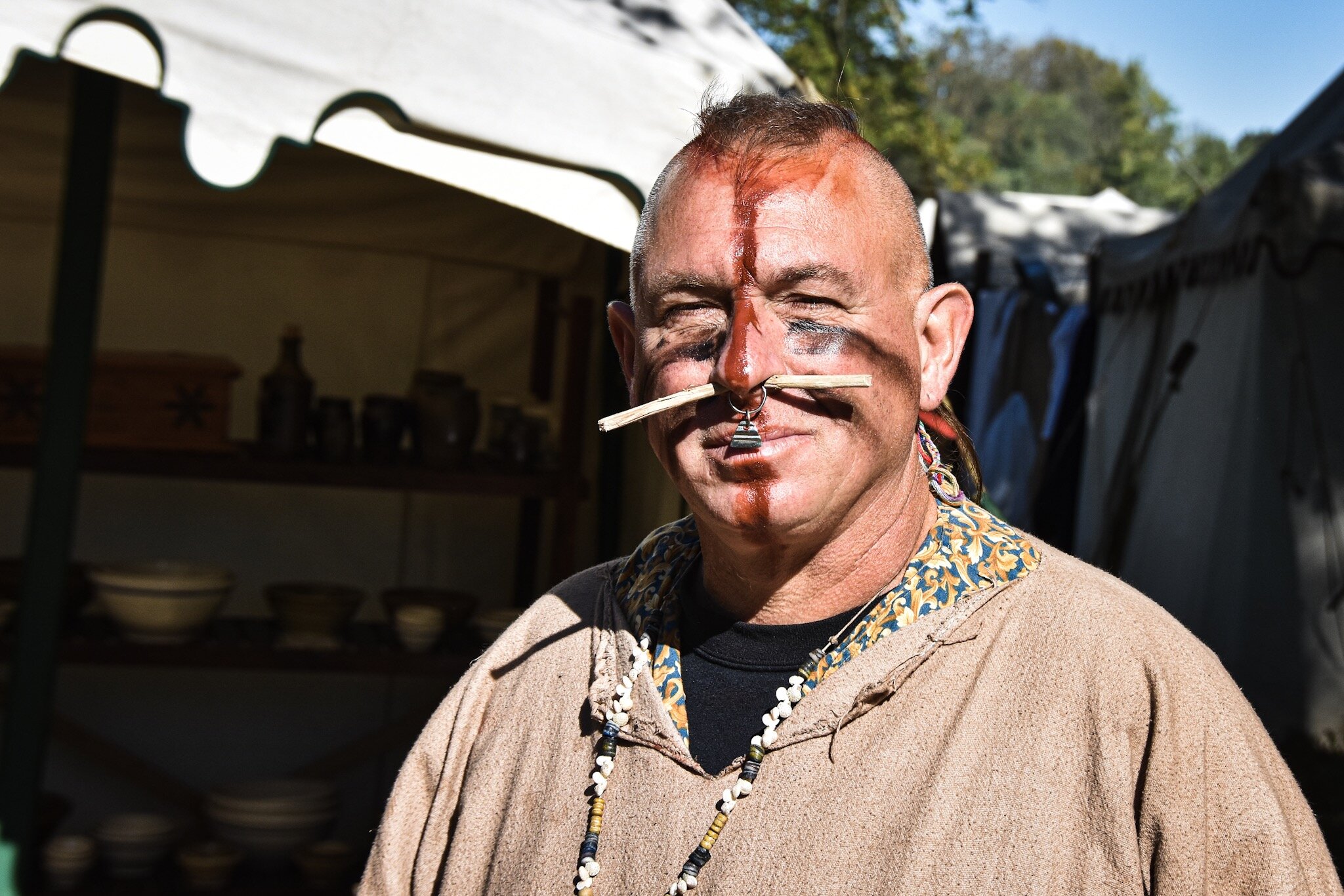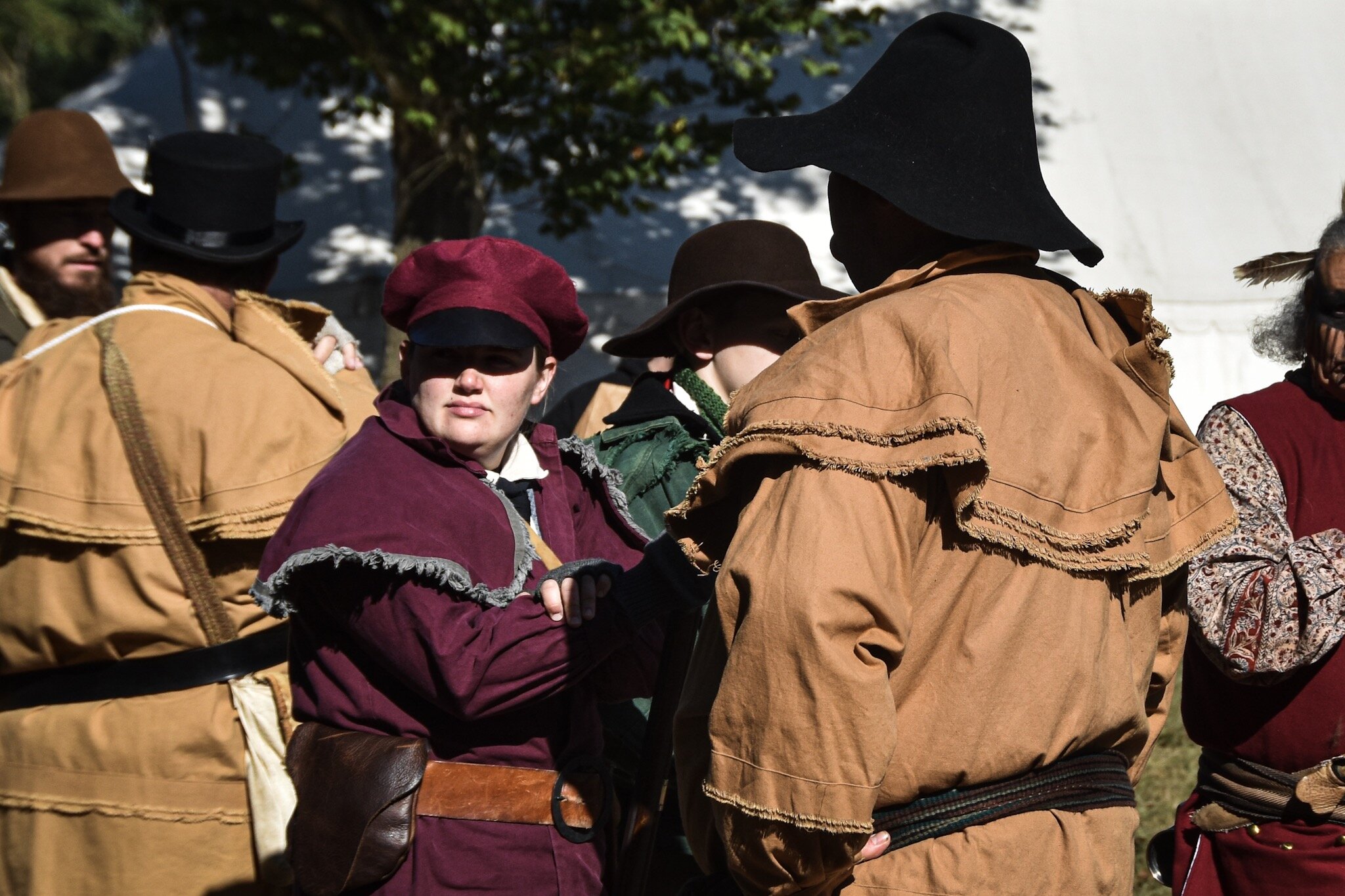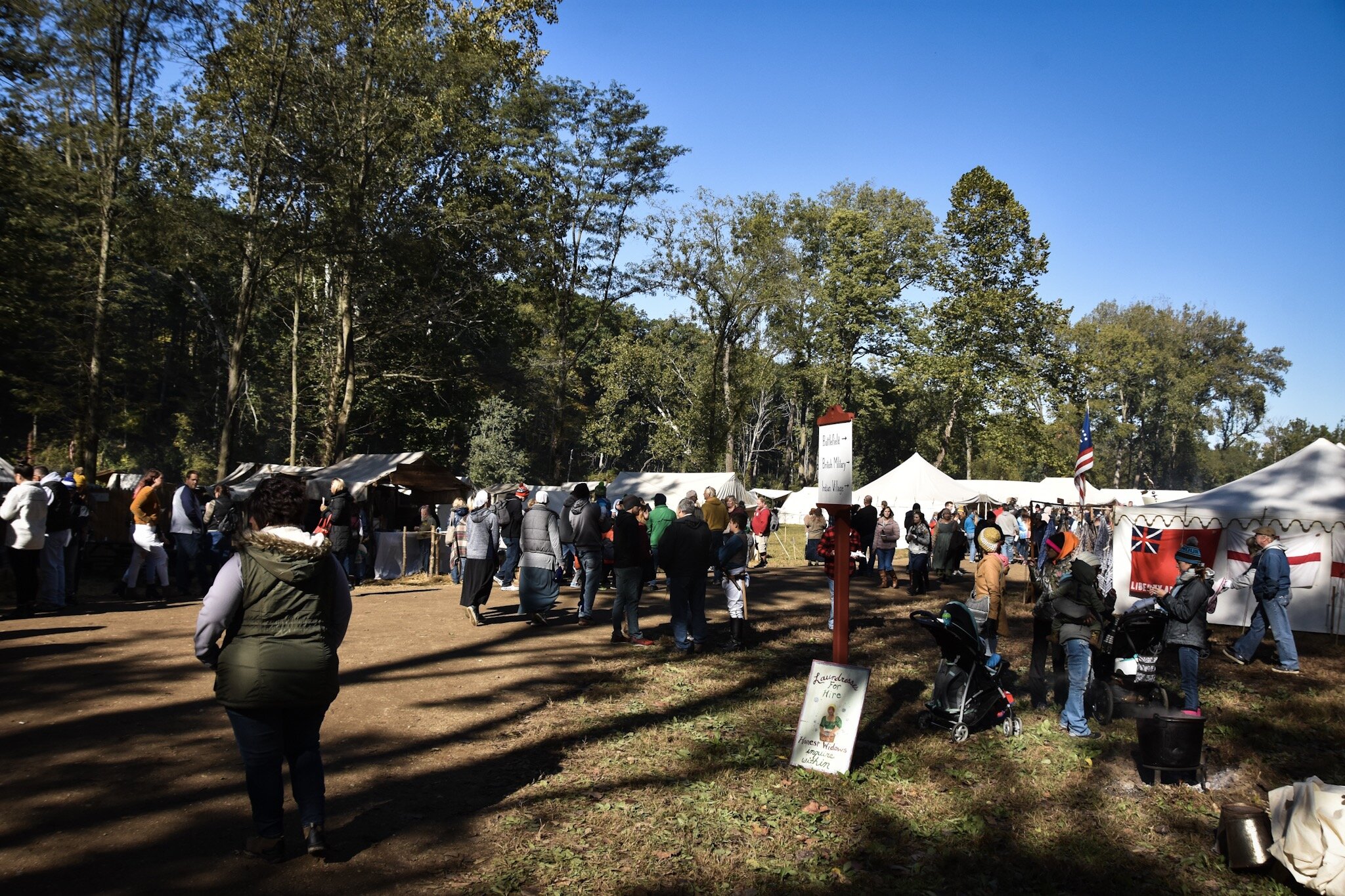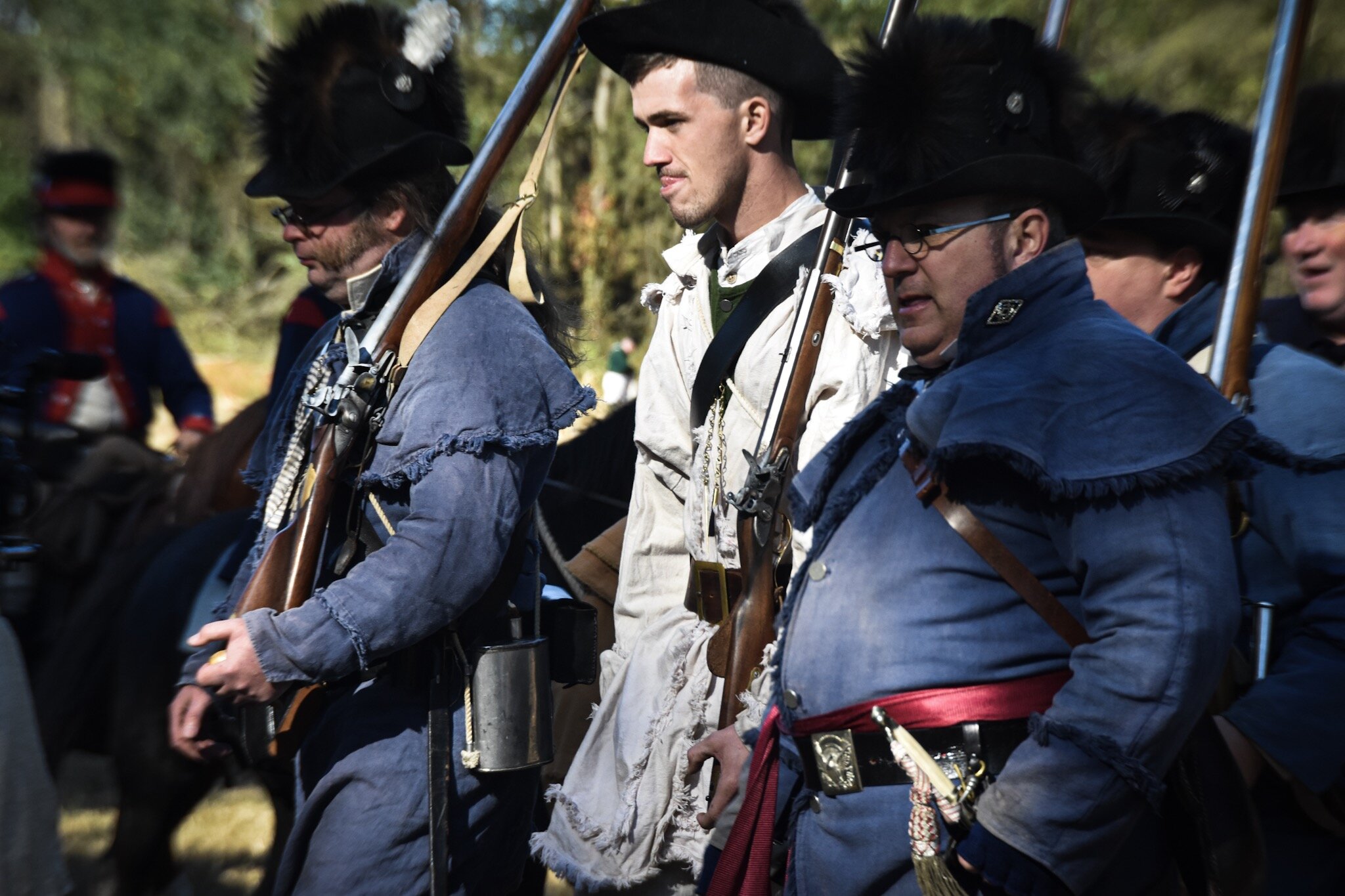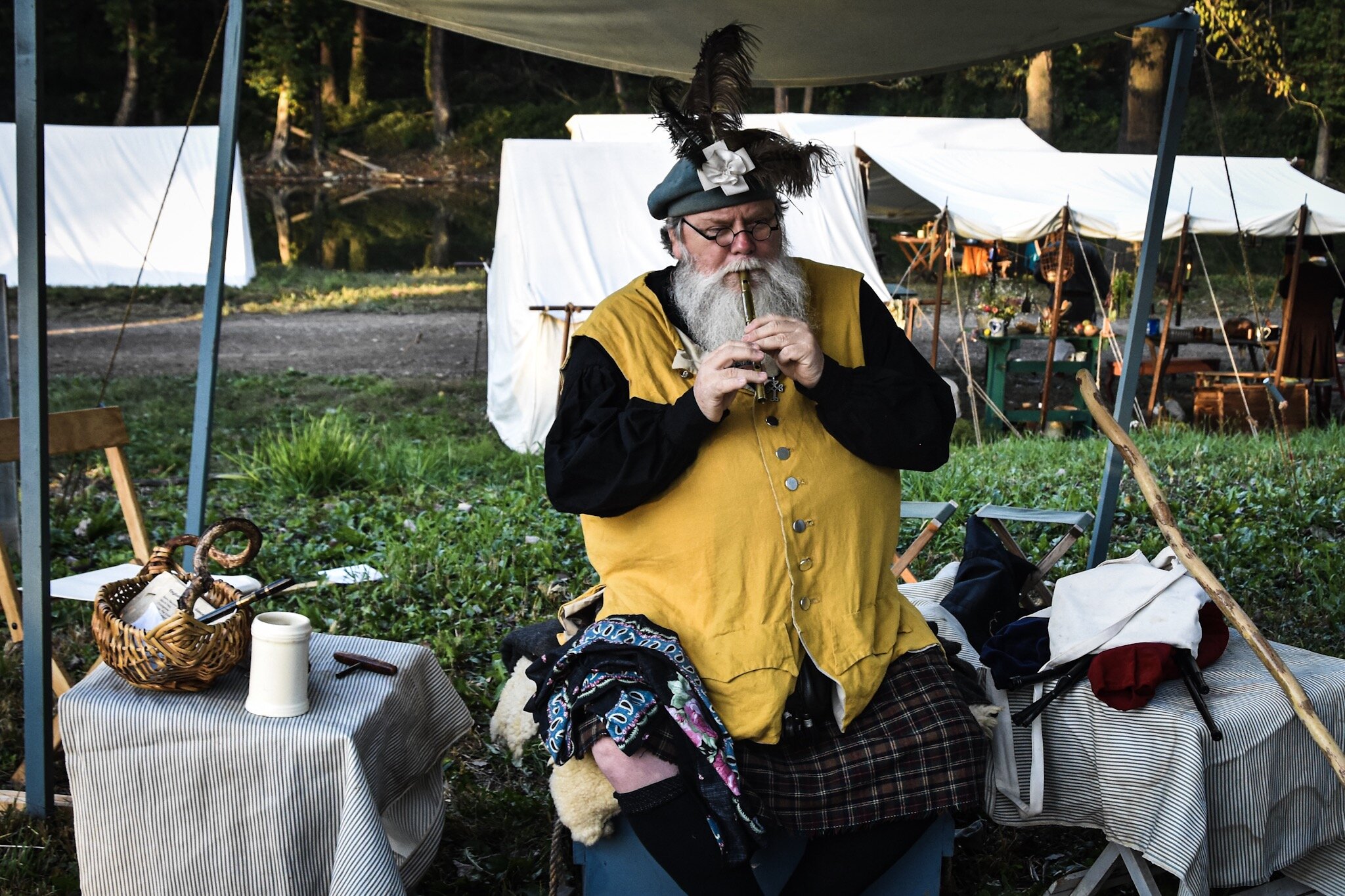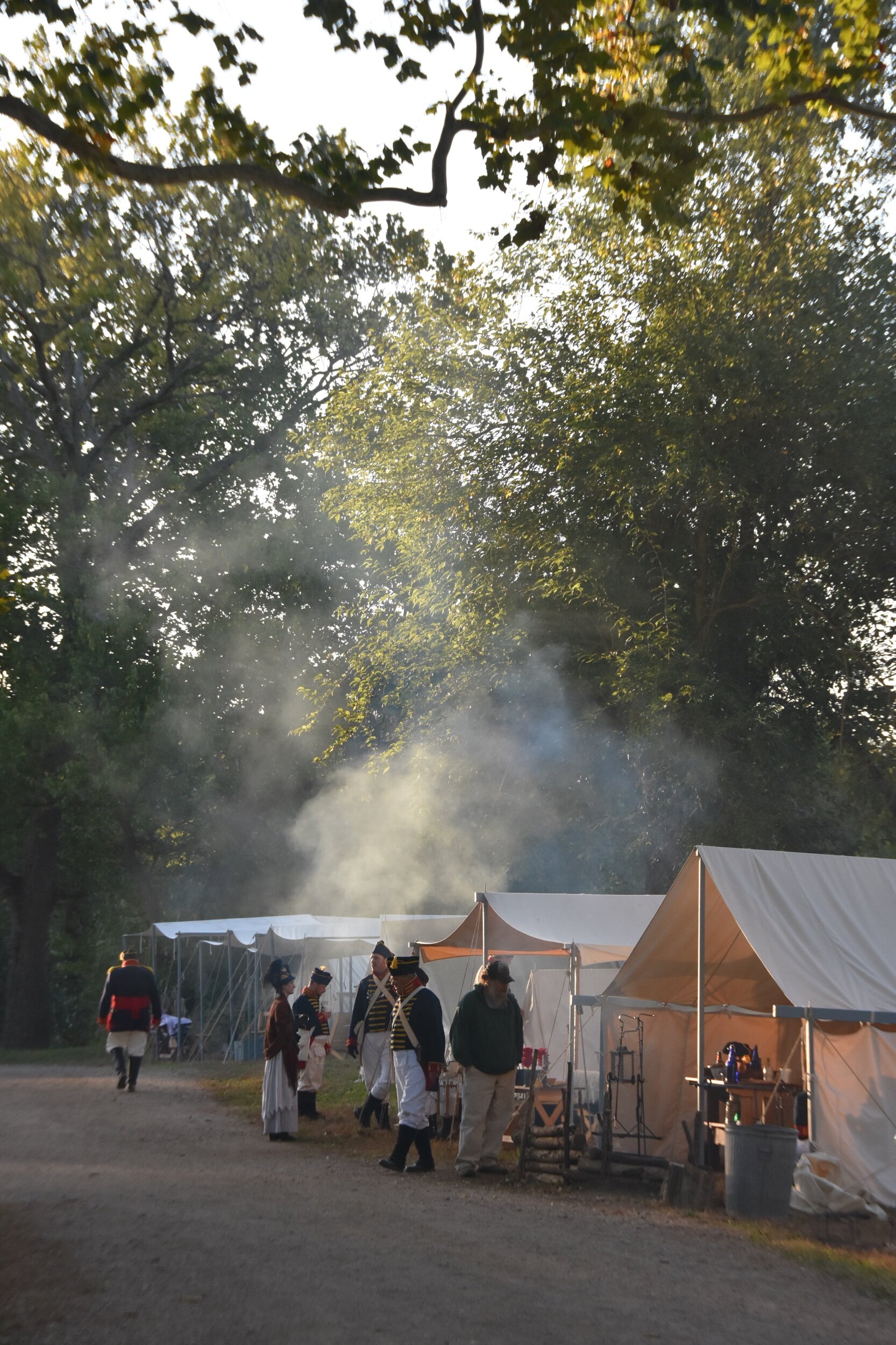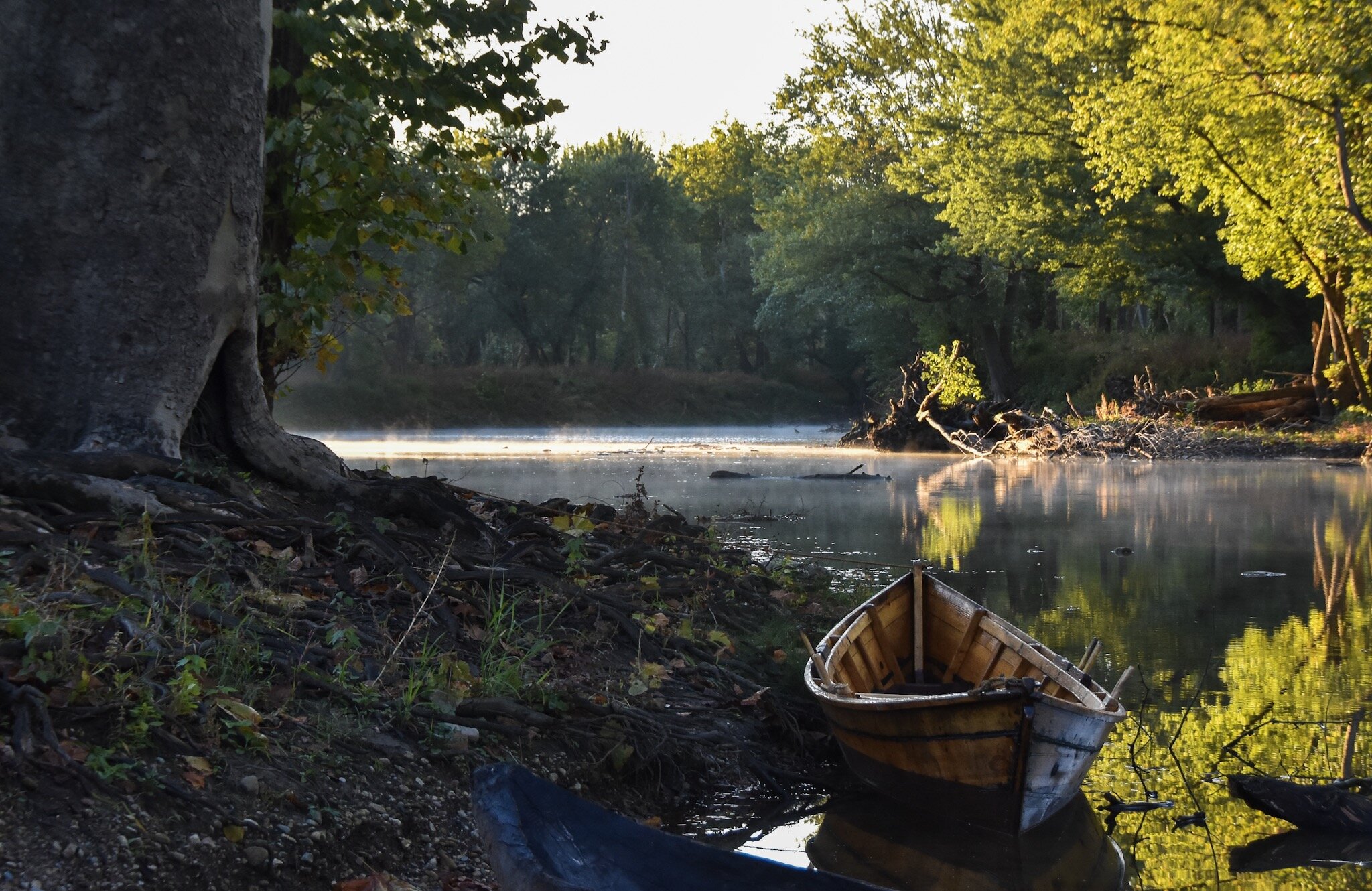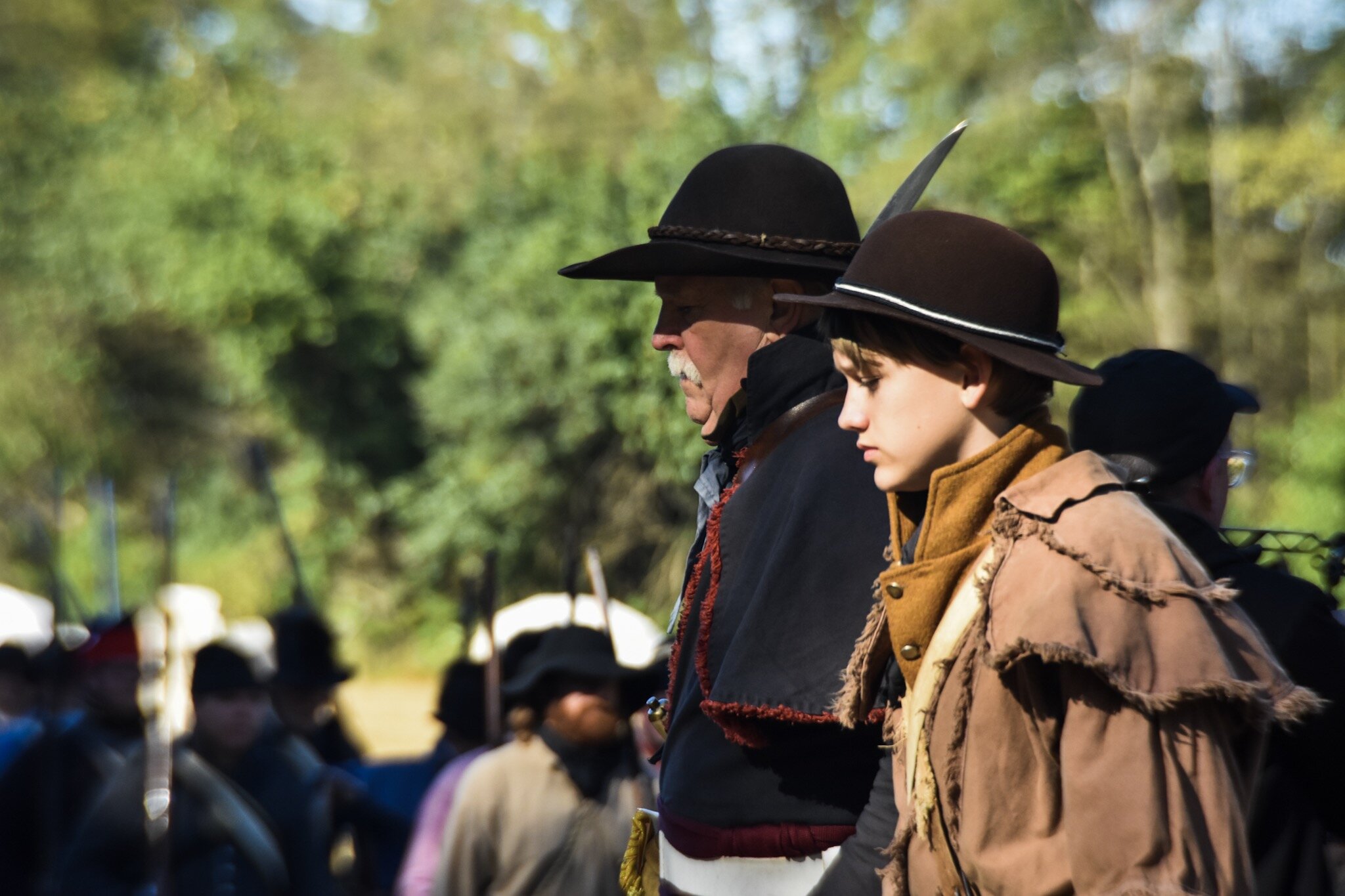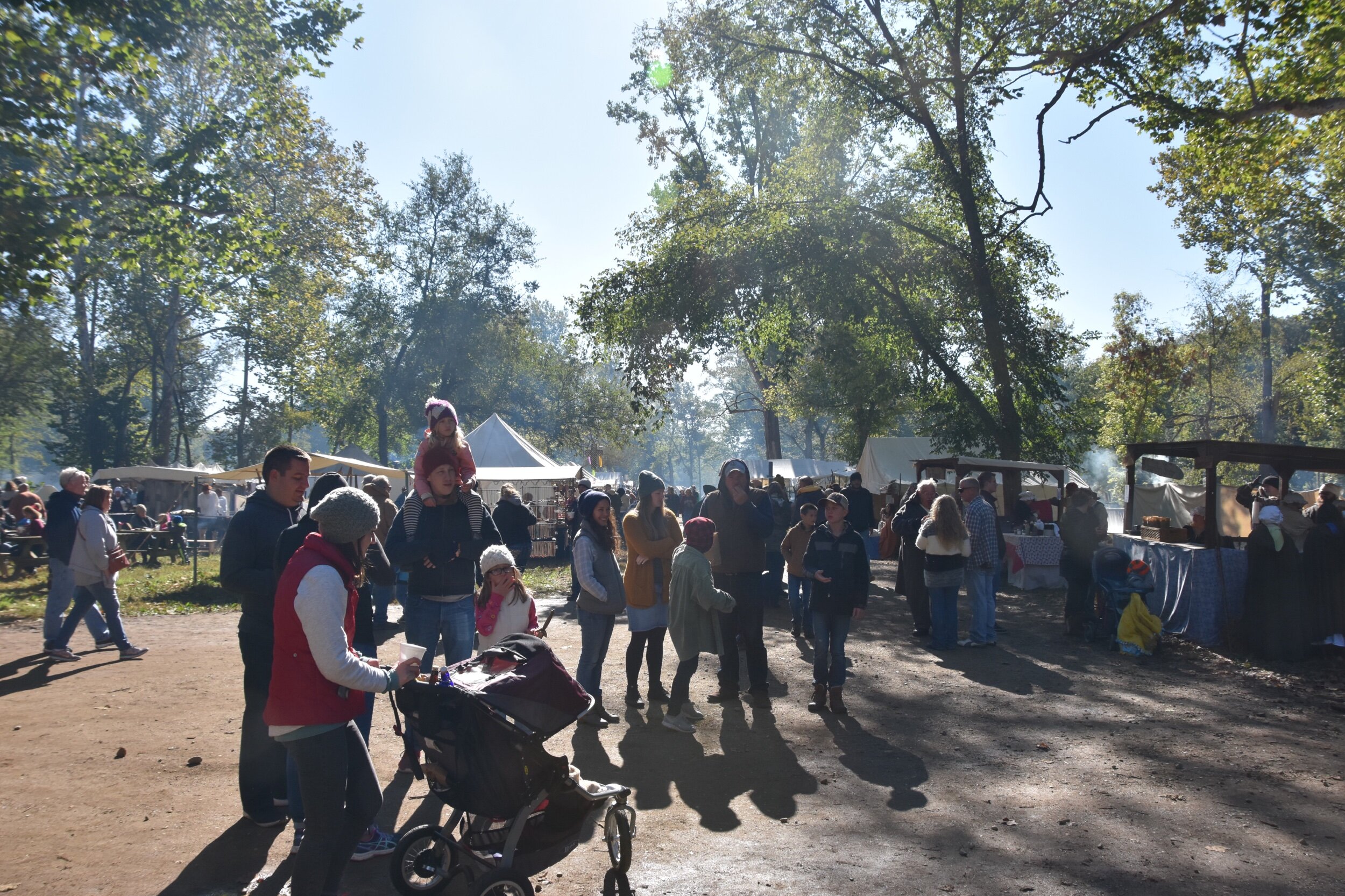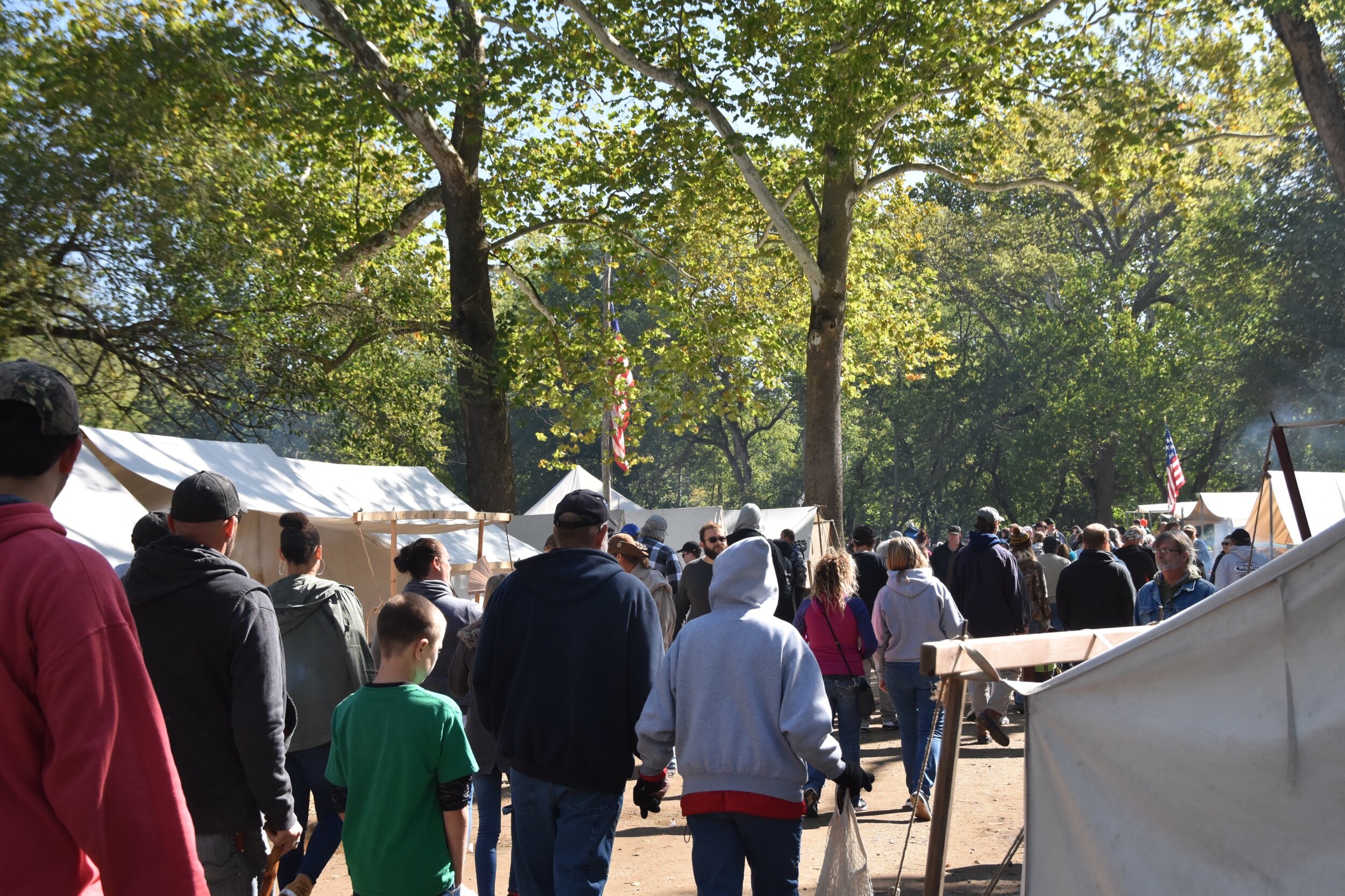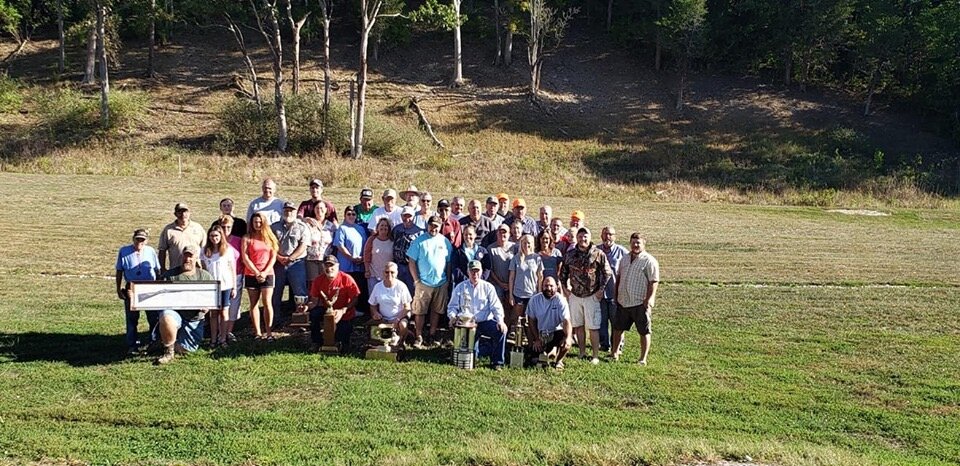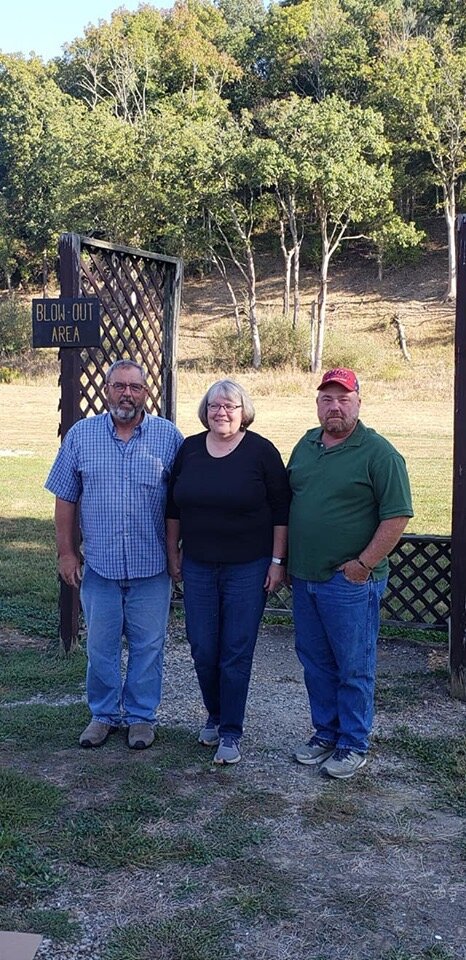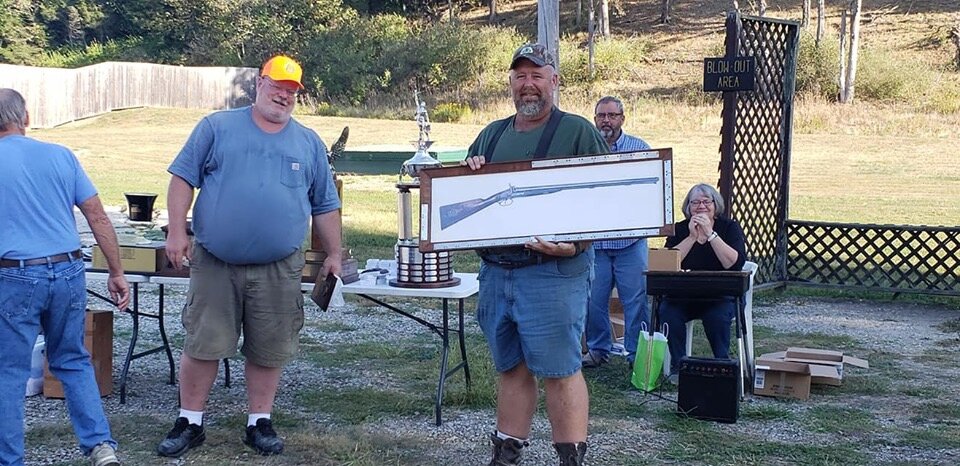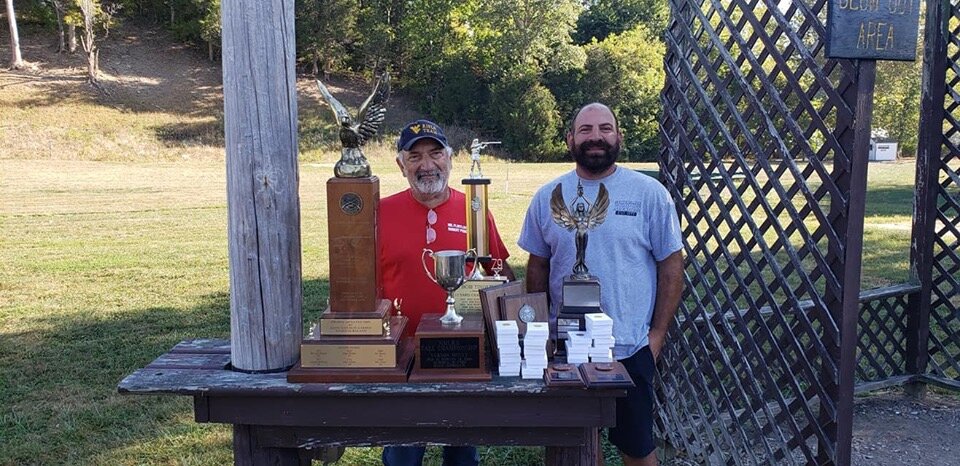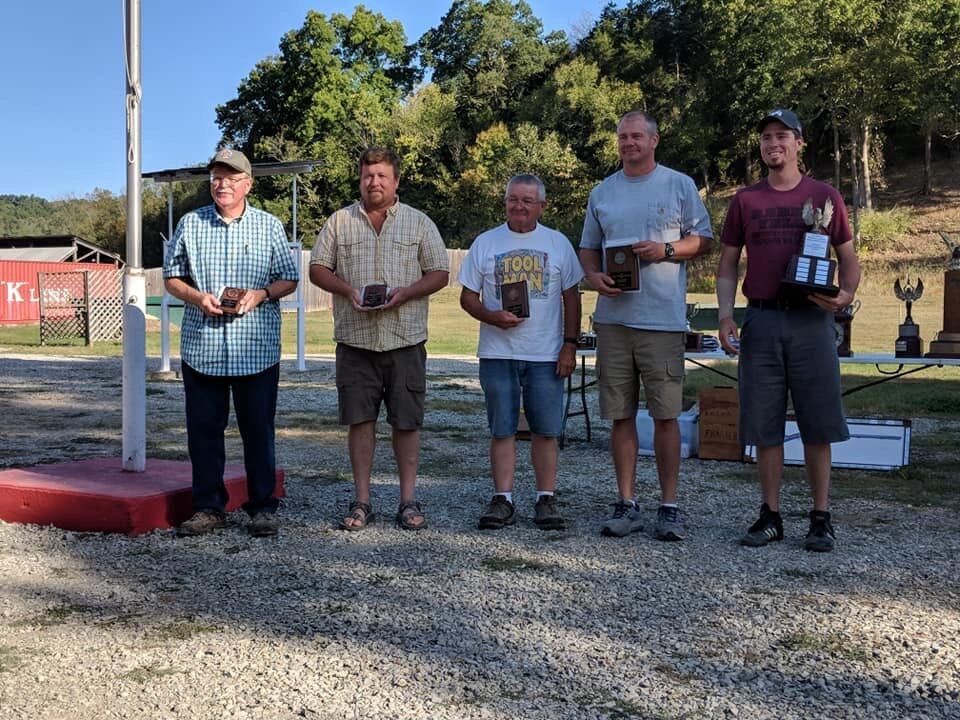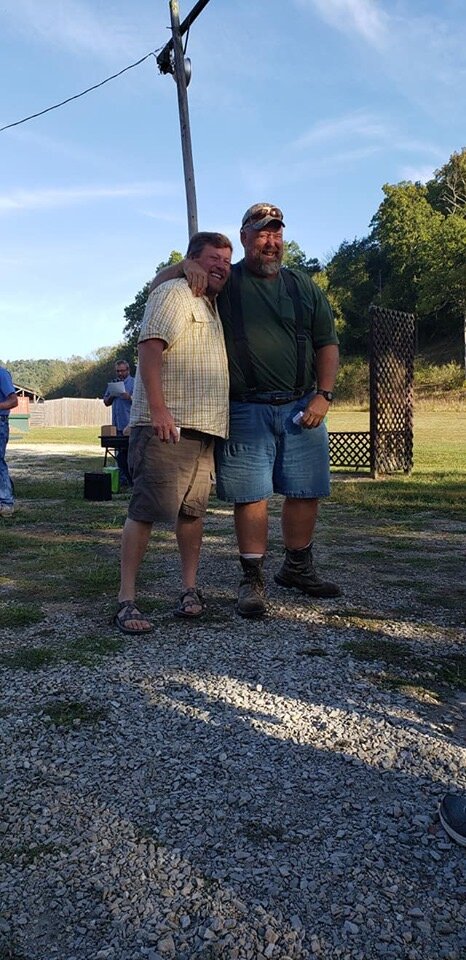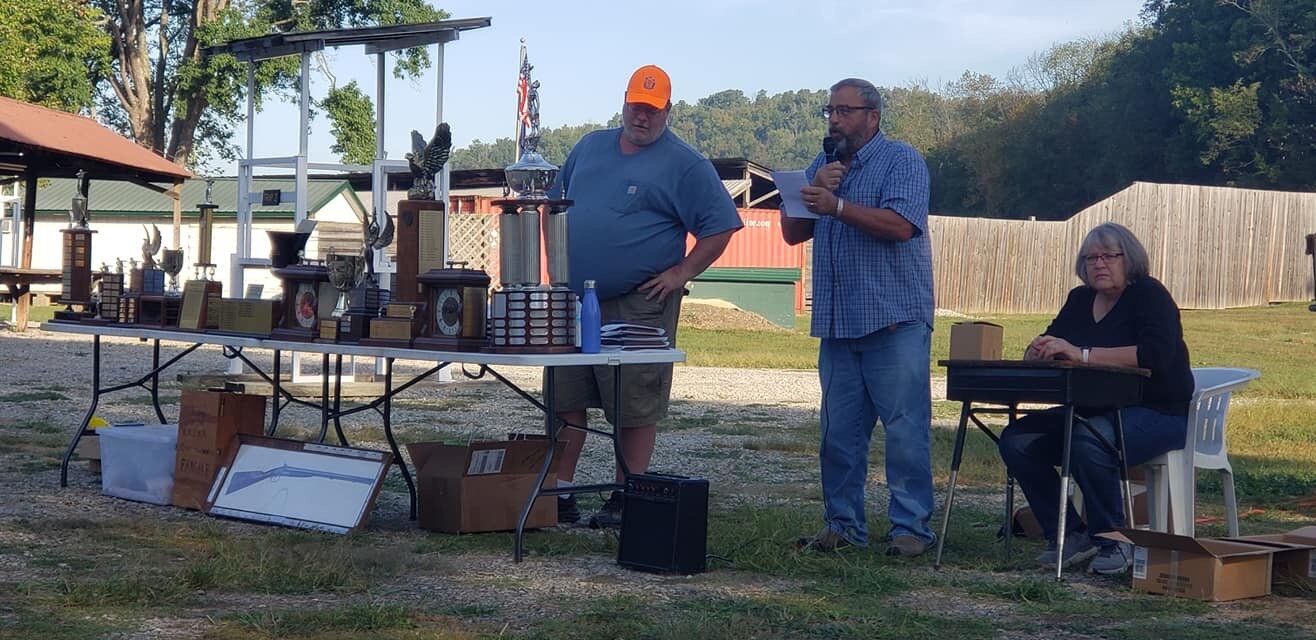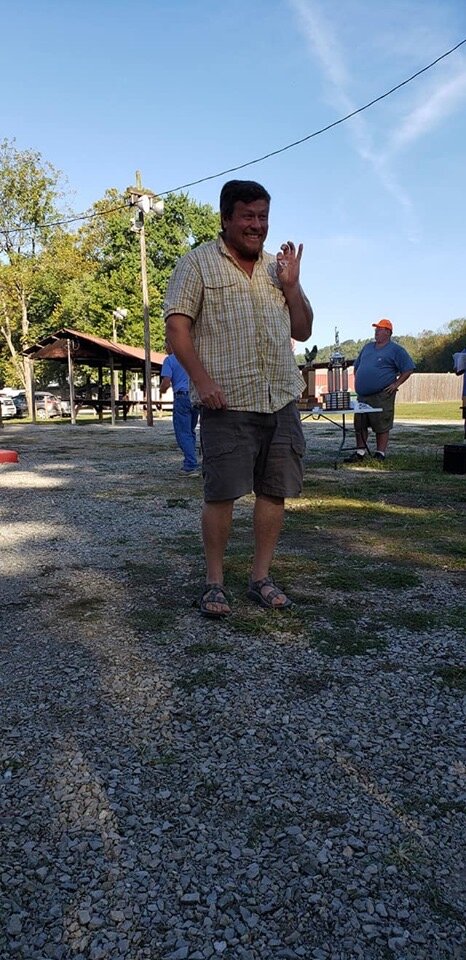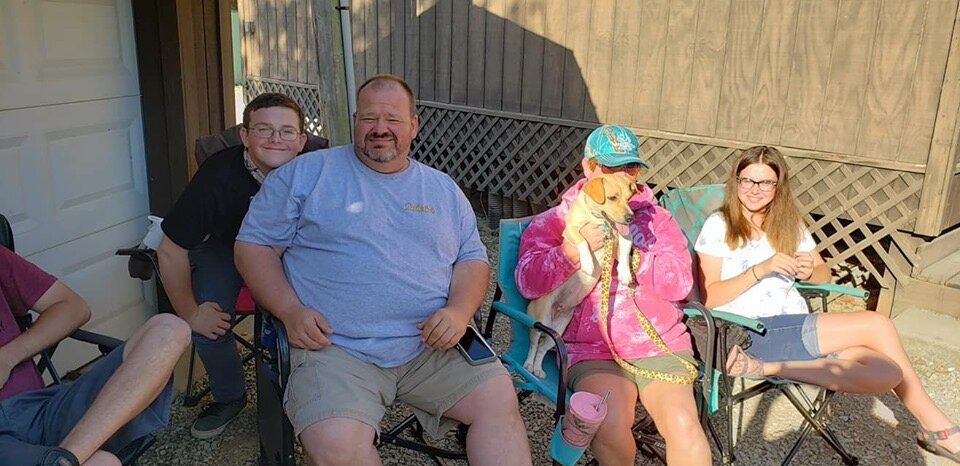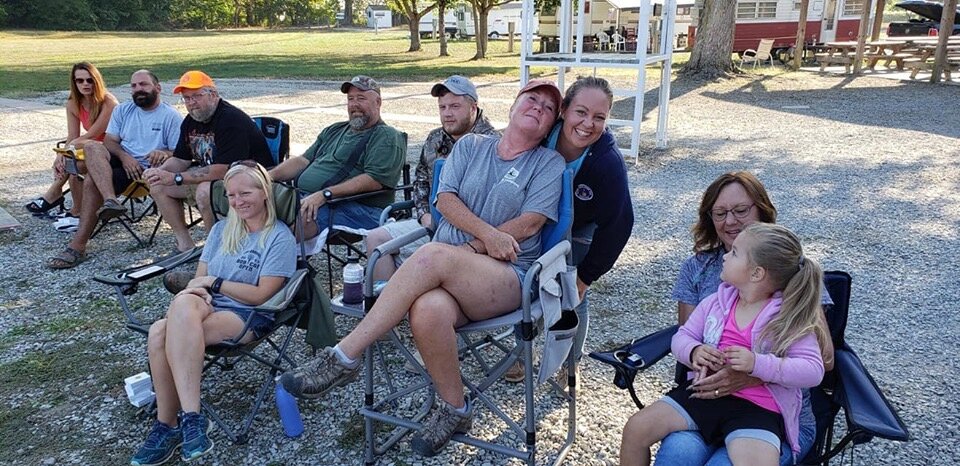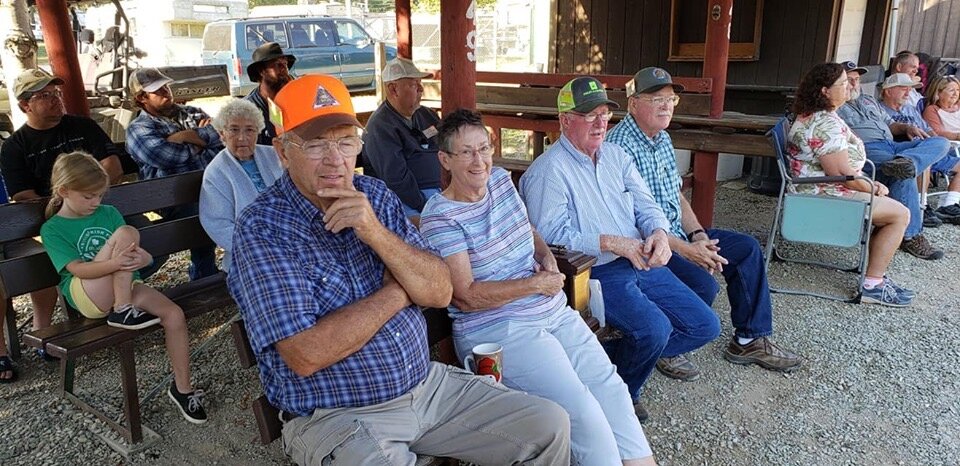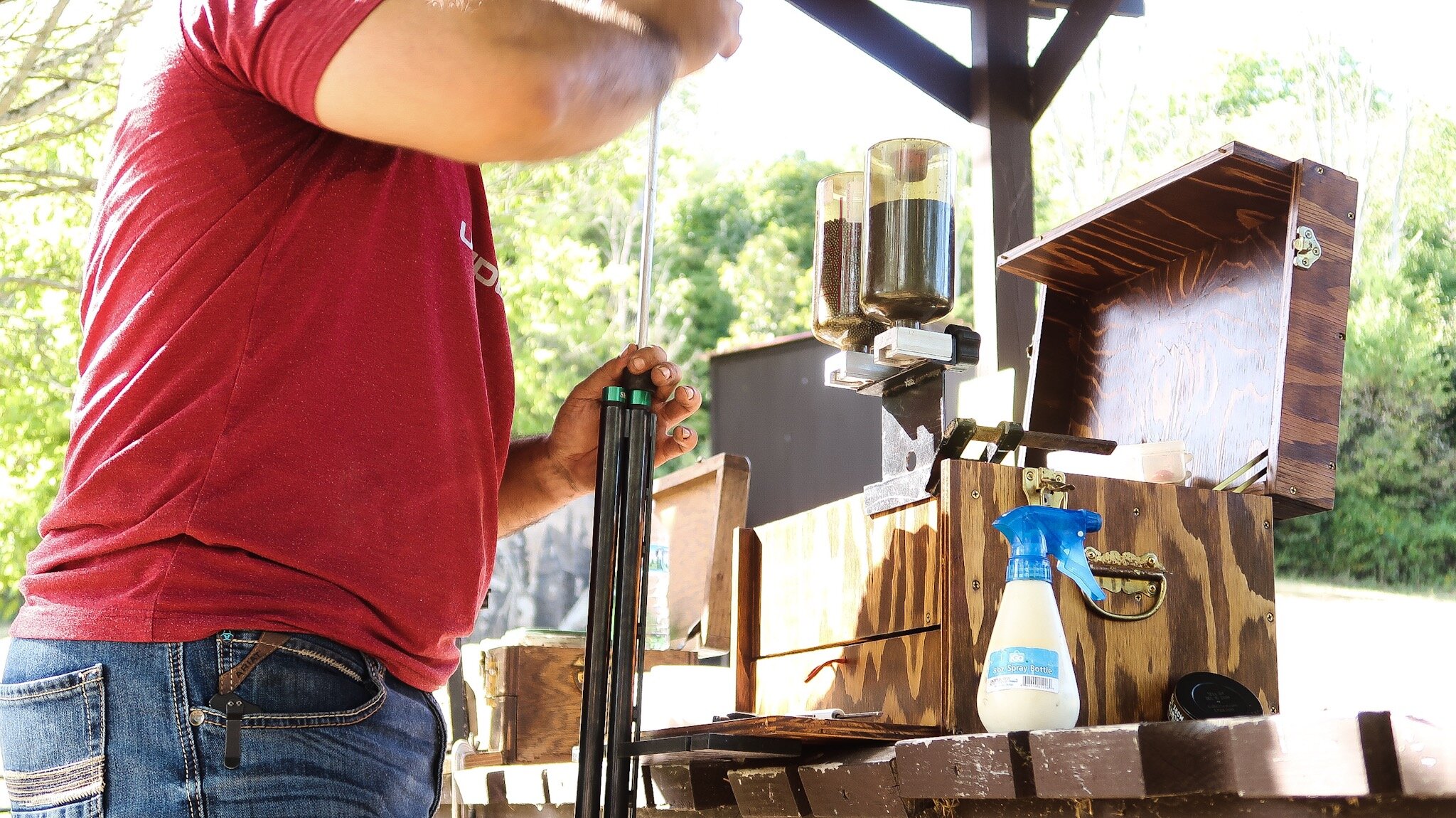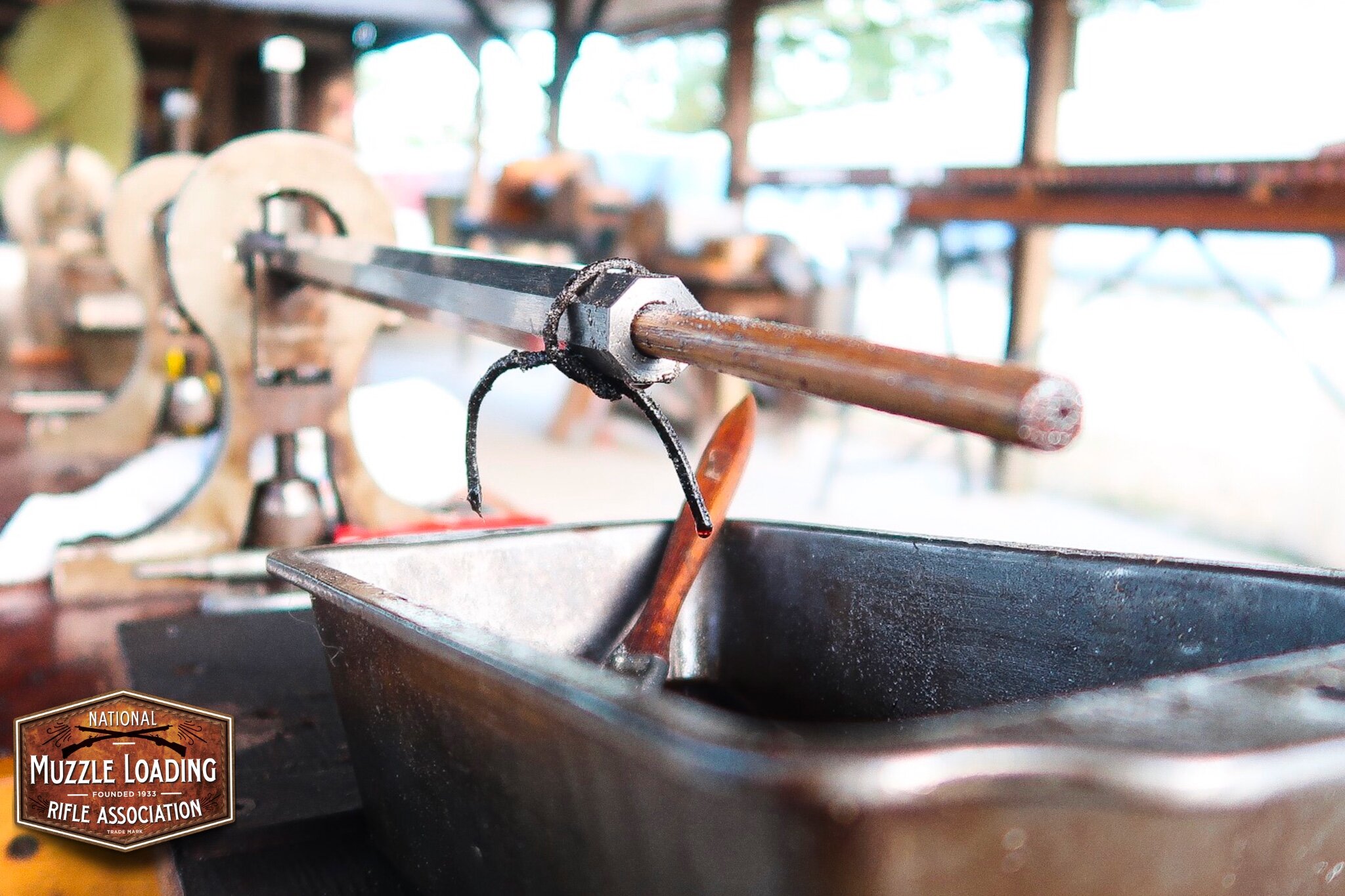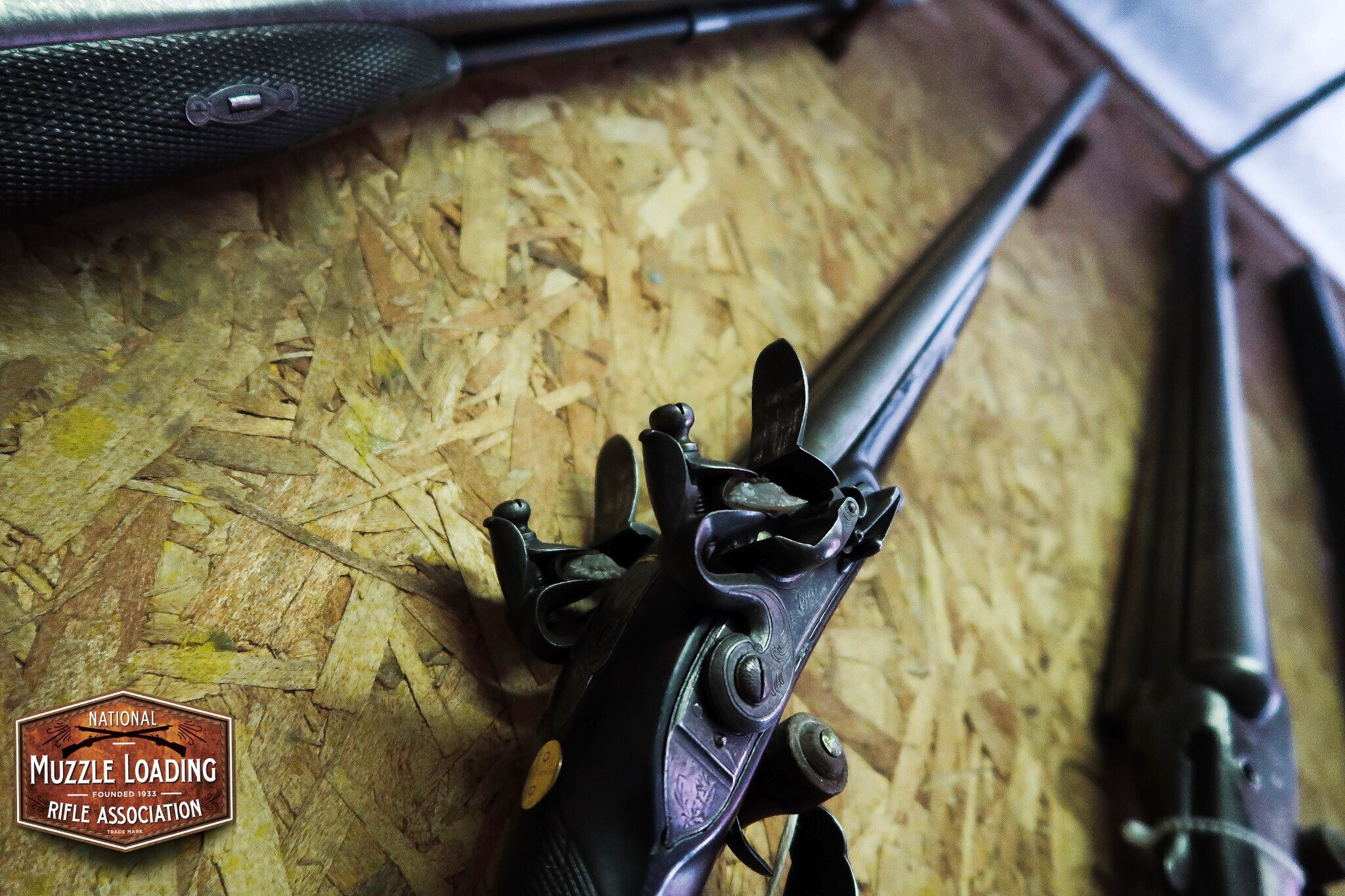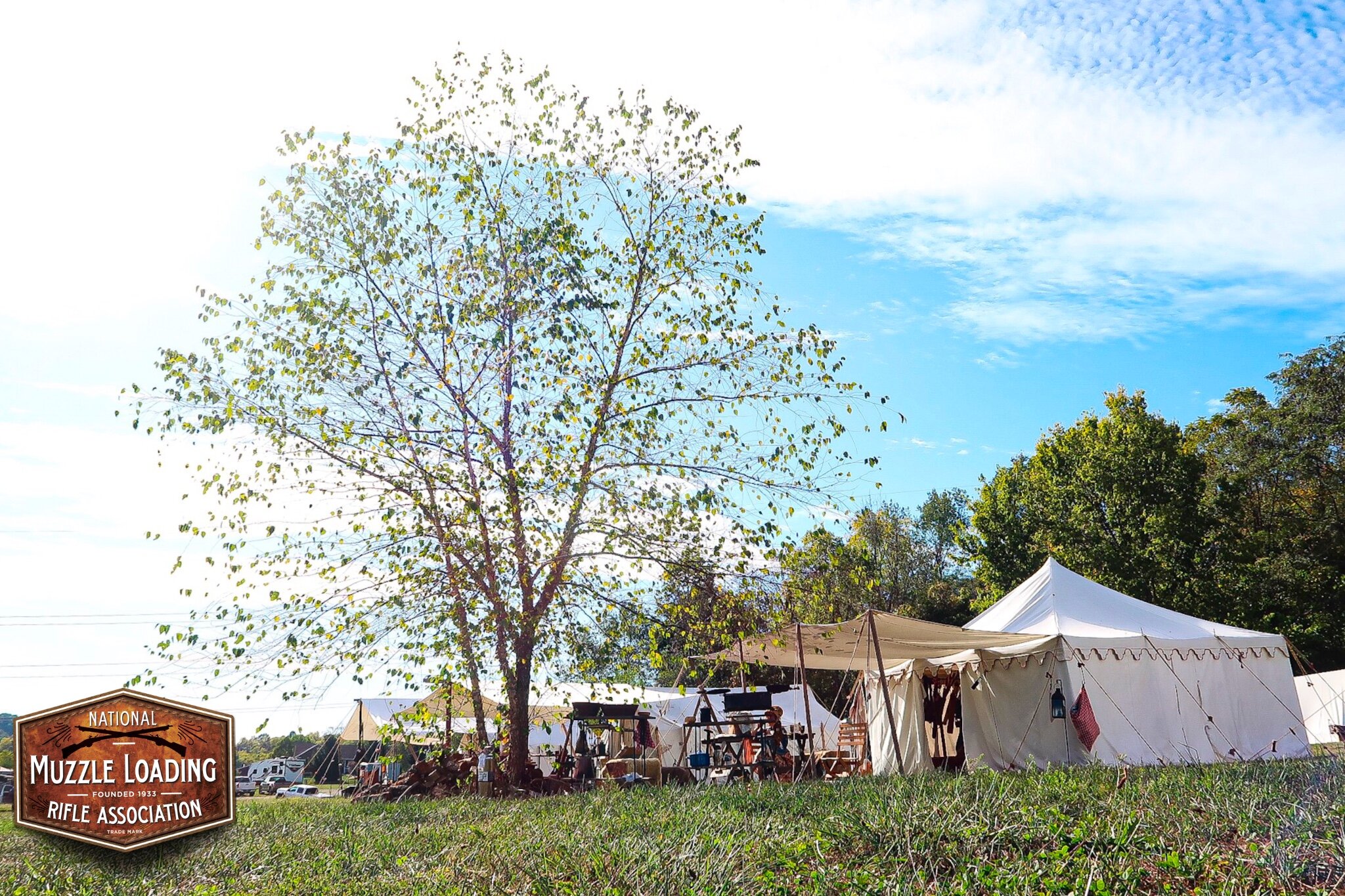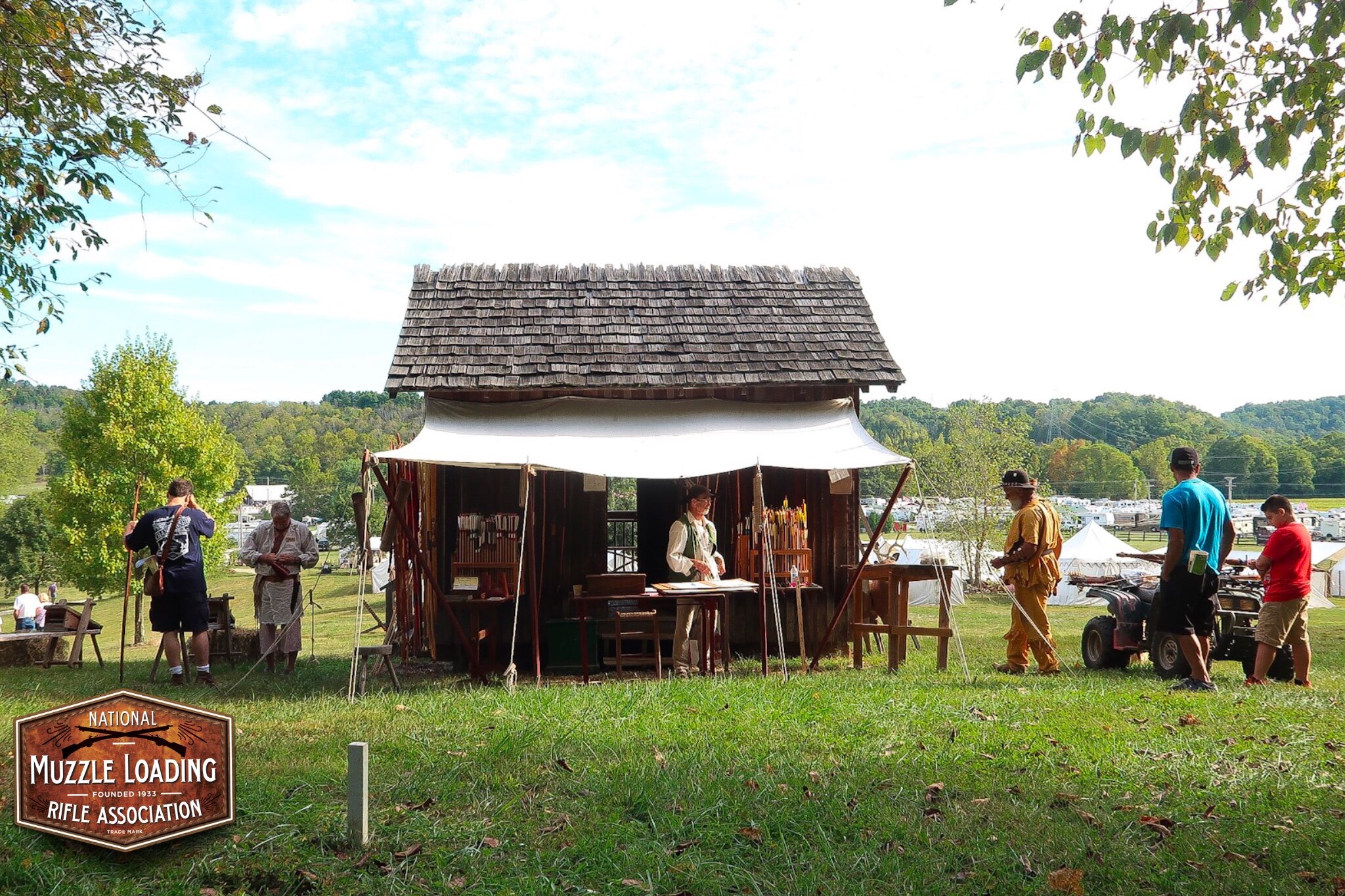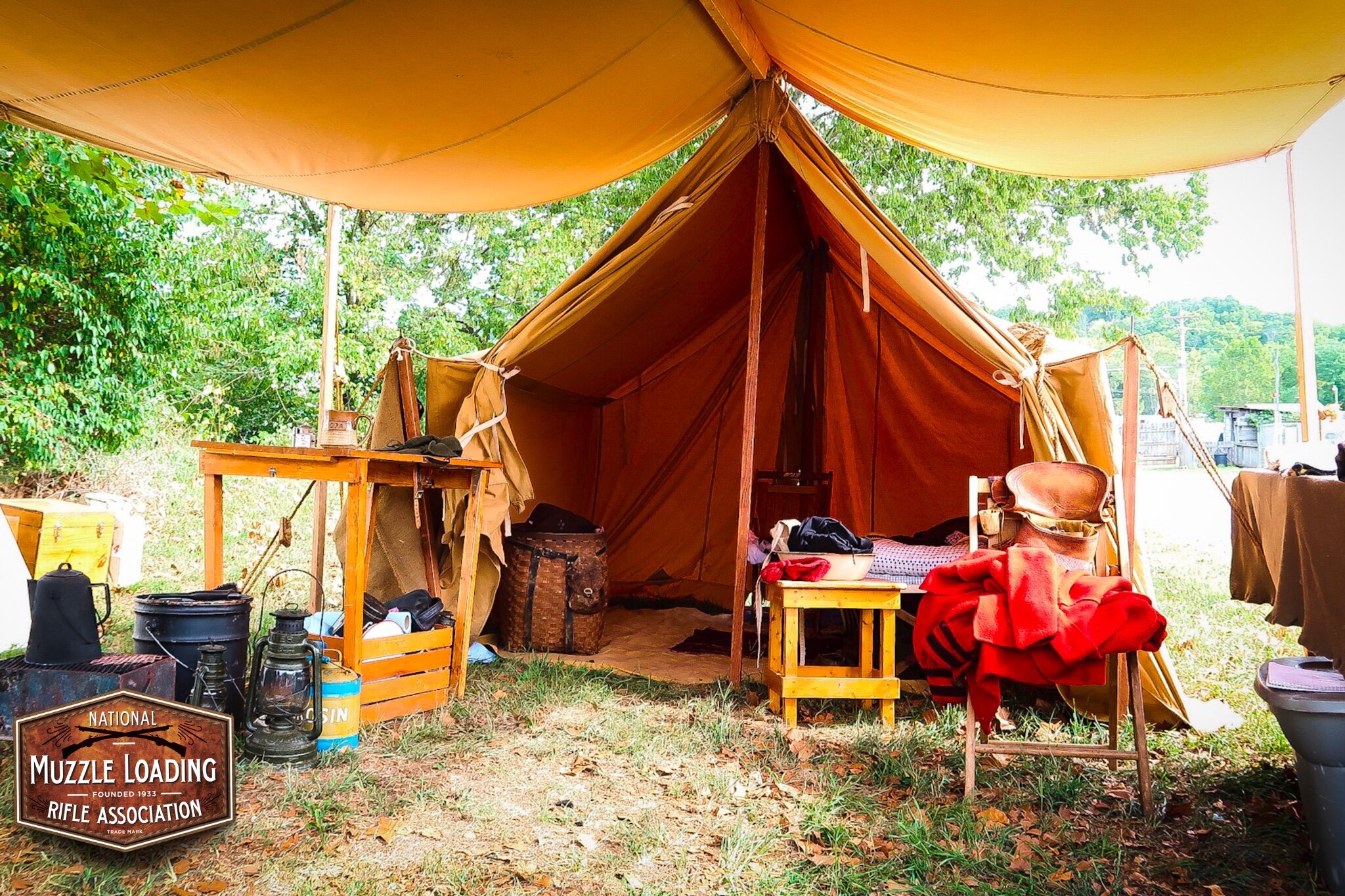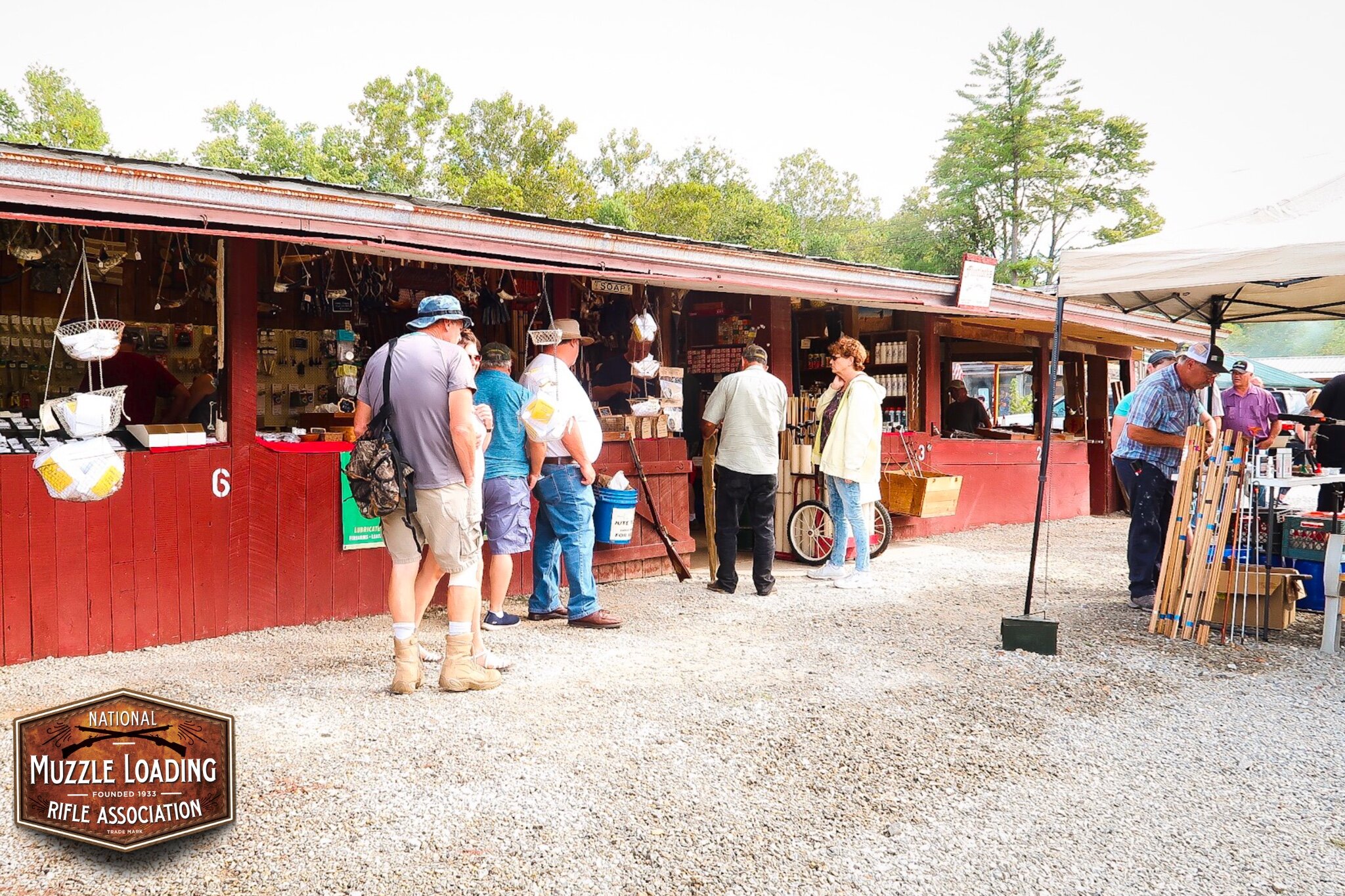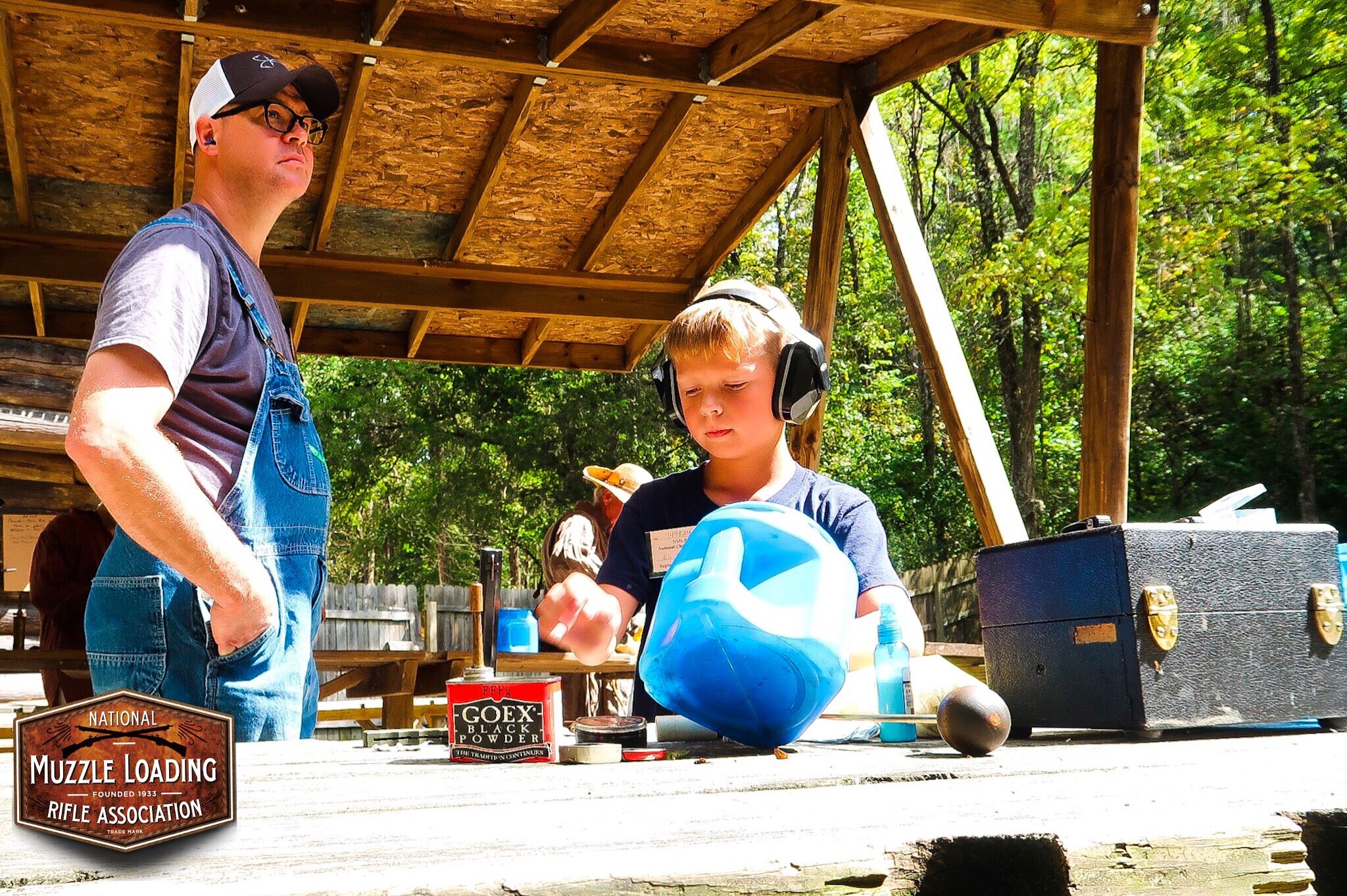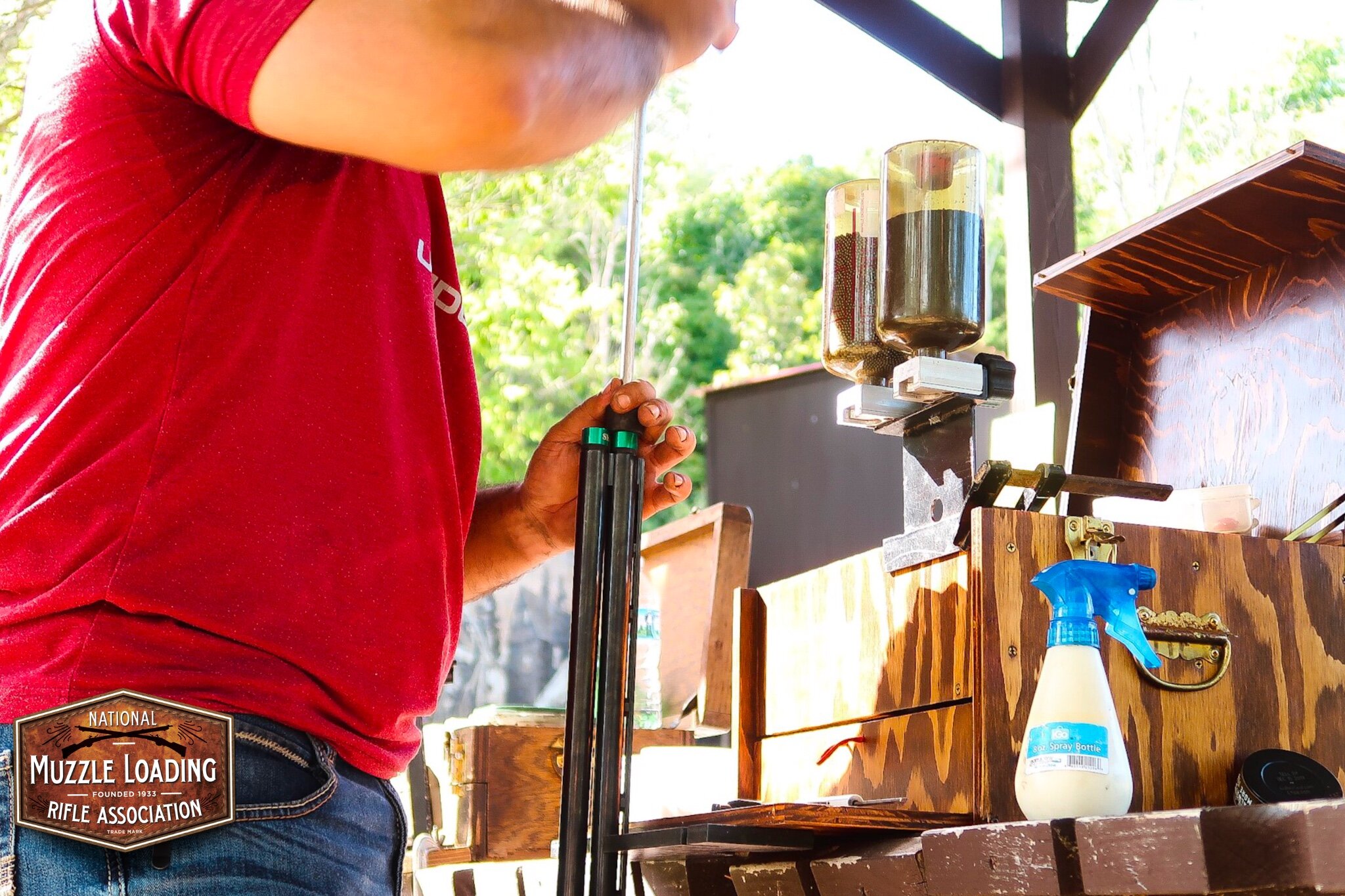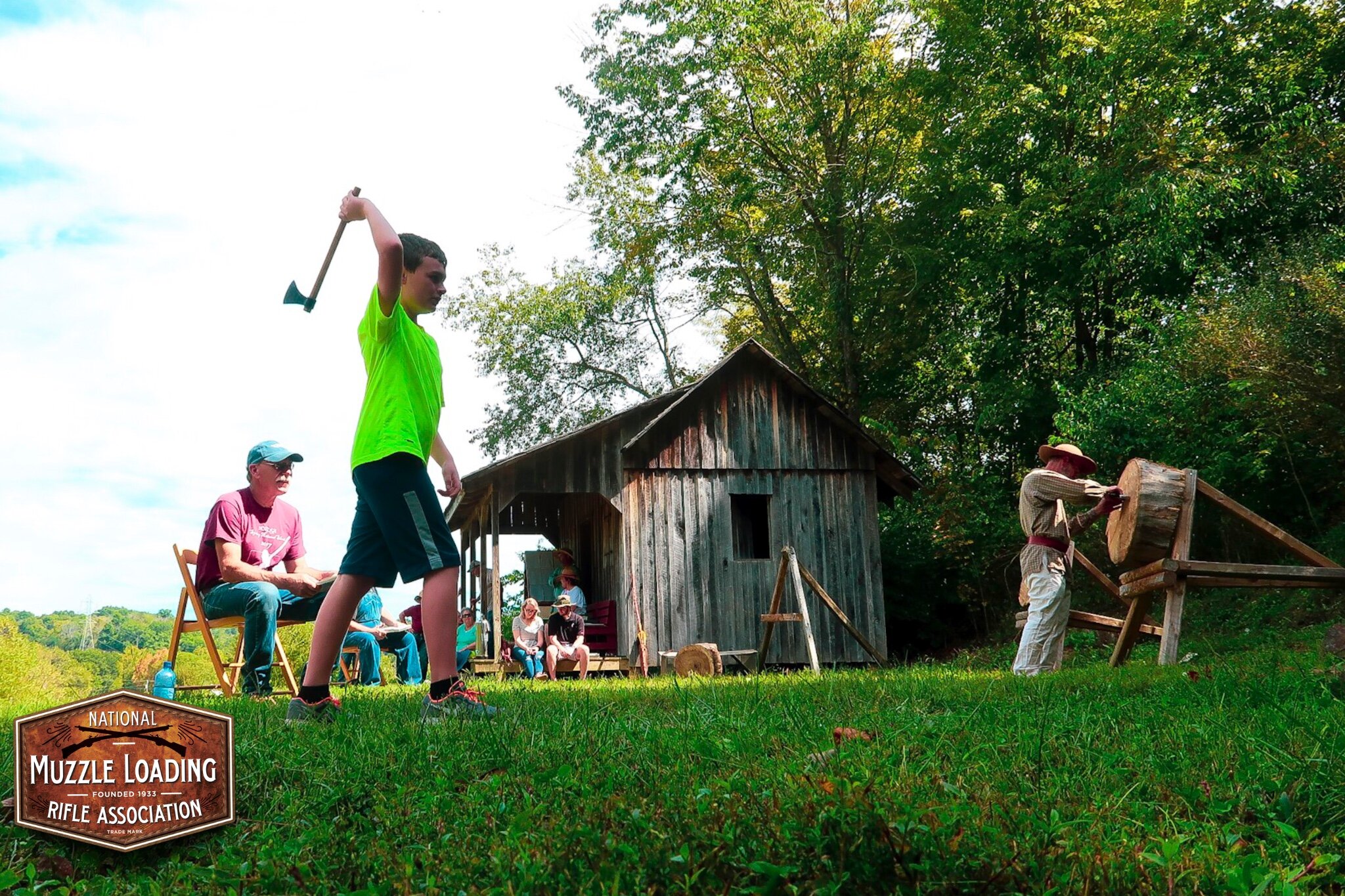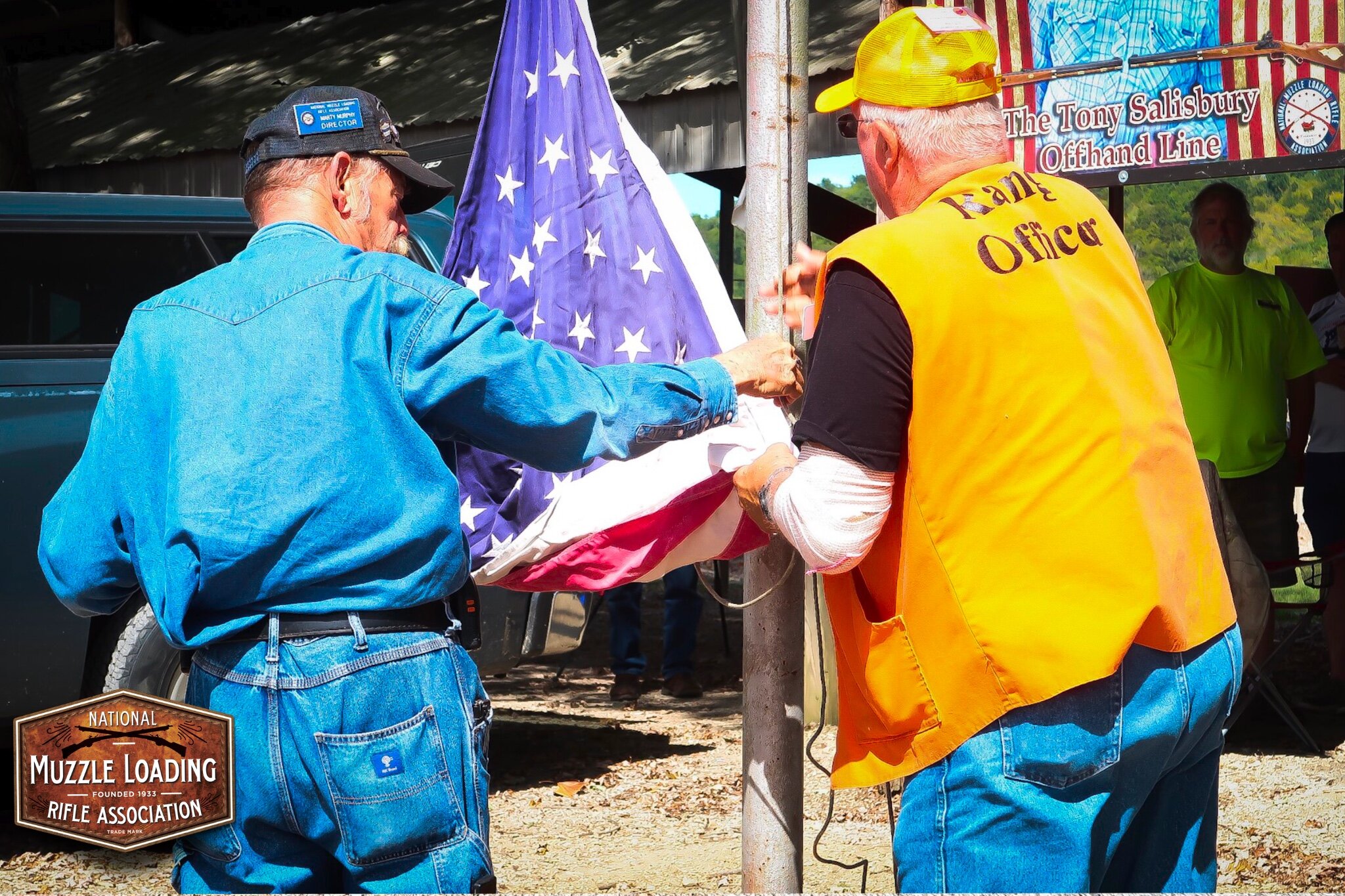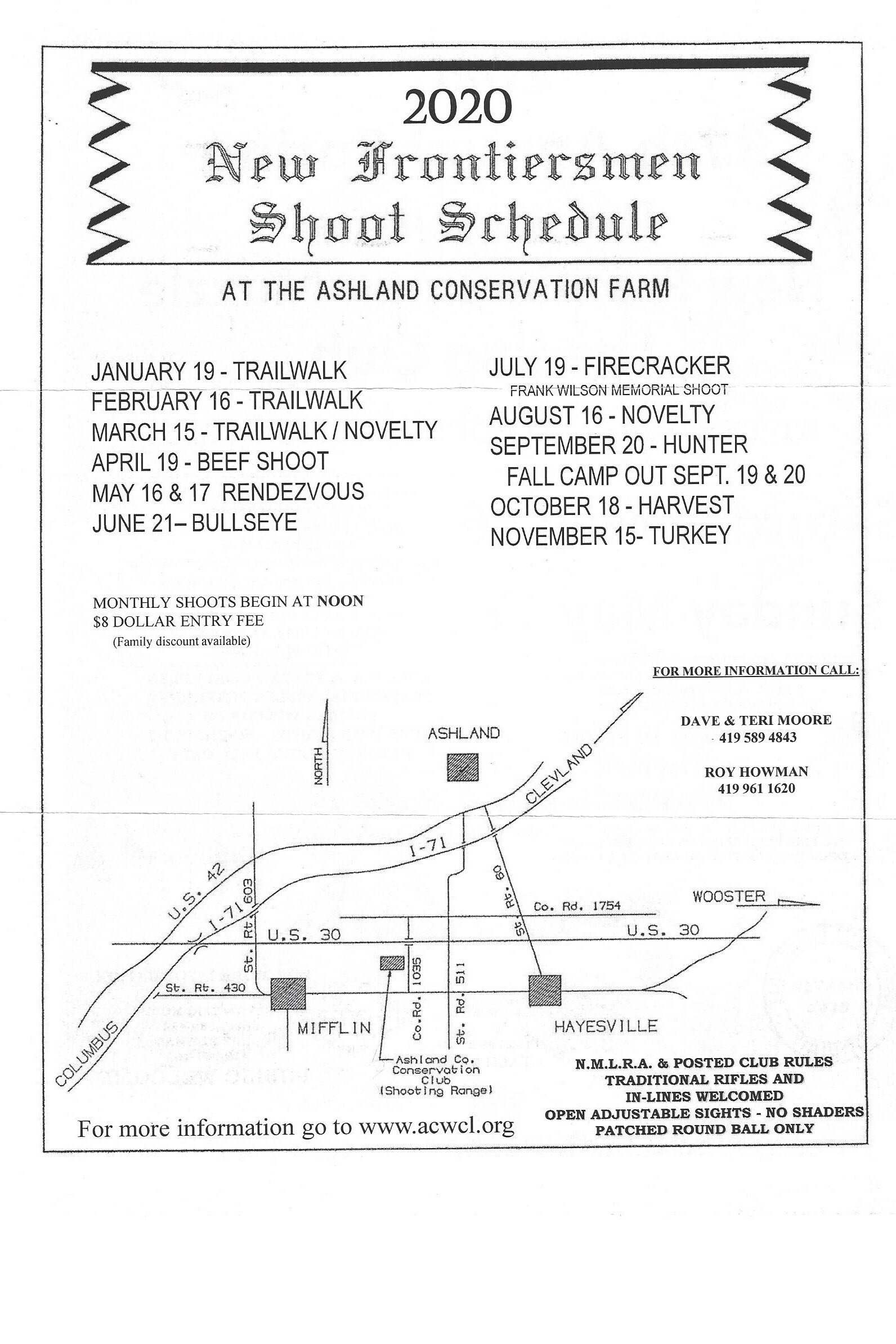If, like many of us Santa brought you a new Muzzleloader or muzzleloader kit, you’ll be spending the next few weekends tinkering with it. This list is brought to you courtesy of the NMLRA Facebook group to give you the best tips and tricks to break in your new muzzleloader safely.
#1 Read the manual
Whether you are familiar with modern firearms or not, muzzleloaders are a different animal.
We recommend that you read the manufacturer's manual that came with your new muzzleloader, if one is not available, please go online and find the digital version at your manufacturer’s website. Manuals will give you correct loading procedure and load data for your firearm.
If you have added a new custom built muzzleloader to your collection, be sure to communicate with the builder about safe load measurements. If your builder is not available, please reach out to some online forums or facebook groups and ask the folks there
#2 Don’t assume your local sporting good stores know black powder
It can be hard to find real black powder, but it is very important to remember that Pyrodex, Trip 7, etc is not blackpowder. We don’t advise ever using smokeless powder in your traditional muzzleloader. Smokeless Powder is more explosive than traditional black powder. Using Smokeless in your traditional muzzleloader can result in serious injury or death.
If you are having trouble finding real black powder in your area, as it is not carried in many gun shops or sporting goods stores, be sure to check out the list of authorized dealers from both Schuetzen Black Powder, and Goex Black Powder. NMLRA Members also receive a discount on black powder from both Goex and Swiss if you purchase on NMLRA Grounds.
#3 Keep your Powder away from your shooting area
It’s important to remember that any container holding black powder is highly explosive. Many newcomers make the mistake of leaving their black powder can near there firing position or bench, not realizing that a percussion or flintlock firearm can throw sparks around the area. If one of these sparks hits your powder can, you won’t want to be within 50 yards of it!
#4 Of all the laws you must recall. First the powder, then the patch and ball.
It can seem very simple, 3 steps between shots, nothing fancy, just a lot of ramrodding, but you’ll be surprised how often you can mix them up if you aren’t focused.
Always pay attention when you are loading your new muzzleloader, you don’t want to accidentally double load your powder, patch or your ball. It won’t just mess up your grouping, but it could seriously injure your rifle and you!
On our ranges though, the most often forgotten step in the powder, resulting in a fair amount of heckling as we work to pull the ball.
#5 Load Safely
Remember, you are handling an explosive powder each time you load your muzzleloader.
Never load a muzzleloader’s powder straight from your powder horn or powder can, always use a measure. This ensures a repeatable load for more accurate shooting, but it also keeps you safe from any rogue sparks that could ignite your powder.
#6 Mentorship
If you haven't been around muzzleloaders much it can be very daunting. Don’t hesitate to reach out to a local shooting club or gun shop for some help. We’ve got a list of Official NMLRA Charter Clubs as well as Field Representatives all over the United States that are trained to answer your questions.
Our facebook group is packed with over 4,000 members of all skill levels, reach out there anytime and you’ll receive many great responses.
#7 Is it loaded?
Like all firearms, it is paramount you behave that every muzzleloader is always loaded. If you aren’t sure, there are a couple steps you can follow to check.
Point the Muzzleloader in a safe direction
Flintlocks - Open the Frizzen and place the hammer in the down position.
Percussion Locks- Ensure there is no percussion cap or remains of a percussion cap on the nipple. Keep the hammer in the down position over the nipple or put the hammer on Half cock with a washer over the nipple.
Remove your ramrod and place it down the barrel until the ram rod cannot go in any further. Mark the spot on your ramrod flush the muzzle. We recommend a permanent marker or a piece of tape for accuracy.
Remove your ramrod from the barrel and place it alongside the barrel of your muzzleloader so the line you marked is in line with the muzzle, and the base is pointed back towards the area described below
Flintlock Firearm: The touch hole, or flash hole, located on the side where the ignition spark reaches the charge
Percussion Lock Firearm: The drum area, located on the side of the breech
In-line Firearm: The breech plug
You should be familiar enough with your firearm to know if there is a cavity in the breech plug that will allow powder between the rod tip and the flash hole.
If there is a cavity, check to see if it is filled with powder. Insert a .22-caliber ramrod, made of brass or other non-ferrous metal, into the bore until it stops.
Remove the rod, and measure along the outside of the barrel to see if the rod tip reaches the flash hole of the breech plug. If the rod reaches the flash hole, the muzzleloader is empty and has no projectile or powder in the barrel.
If a projectile or powder is inside the barrel, use a CO2 discharger to clear the barrel. Then reinsert the range rod into the barrel to make sure the projectile and all powder have been removed.
After you are certain the firearm is empty, insert the range rod back into the barrel. Make a permanent "unloaded" or "empty" mark on the rod at the spot where the rod exits the muzzle. You now can use this mark to verify whether the barrel is empty whenever the range rod is inserted.
Source
#8 Cleaning your muzzleloader
You can find countless online forums and comment threads discussing how often to clean your muzzleloader. Should I clean after every shot? After an hour? After a day?
Well, there isn’t really a rule. Many of our competitive marksmen will clean their barrels after each shot to make sure each shot is as accurate as possible. If you are plinking at your home range, you can get away with a few shots before cleaning.
Like all modern firearms, it’s important to clean your muzzleloader well after each trip to the range. Swab down the barrel with your preferred cleaner and wipe down the exterior as well to prevent rust.
#9 Always do your research
Youtube is a great resource for just about everything on the planet, but when it comes to handling black powder, always triple check the information presented in the video.
We recommend this video from The Black Powder Maniac Shooter as a good starting point for a flintlock. Hickok 45 also has several good videos on muzzleloaders.
#10 Safety Safety Safety
We all know Eye Protection and hearing protection are important when shooting modern firearms, with muzzleloaders you’ll hear the same. Eye protection is especially important when shooting a sidelock muzzleloader, the ignition explosion on the exterior of the firearm, and near your face. Shrapnel from percussion caps or your flint can easily find its way into your eyes.
We hope this helps you get started in the world of muzzleloaders! We hope you’ll find your new muzzleloader one of the favorites of your firearms collection, I know we do here at the NMLRA.





